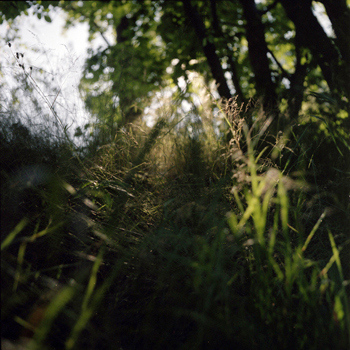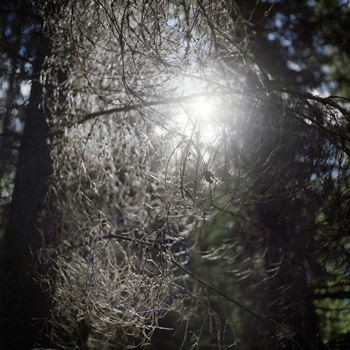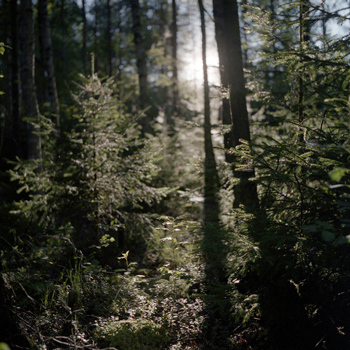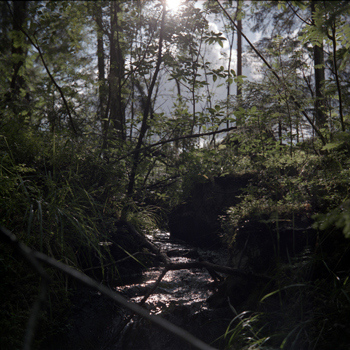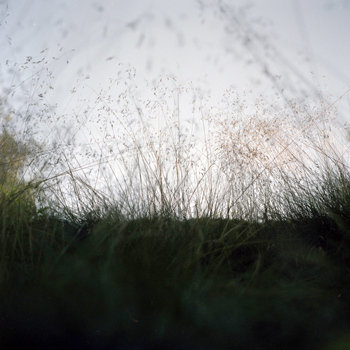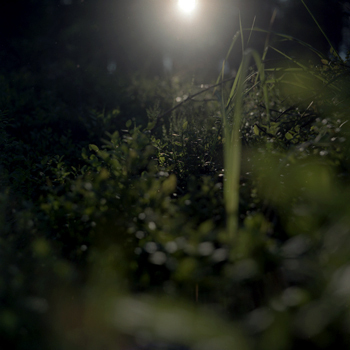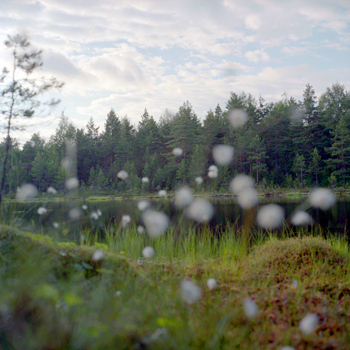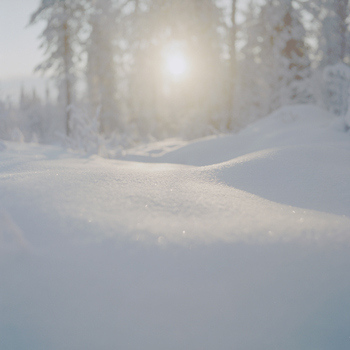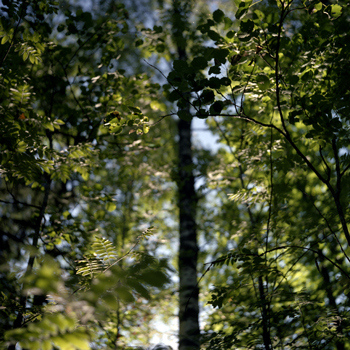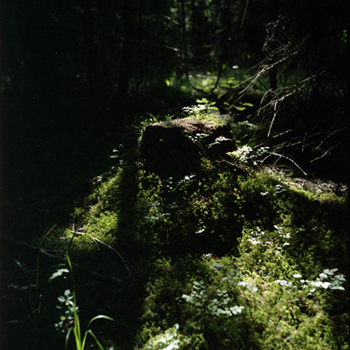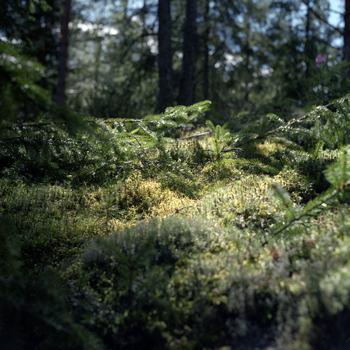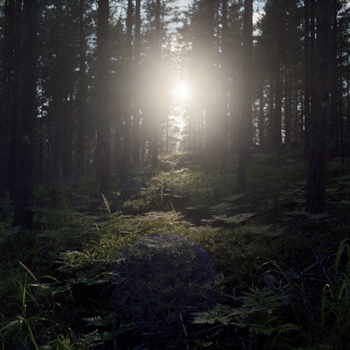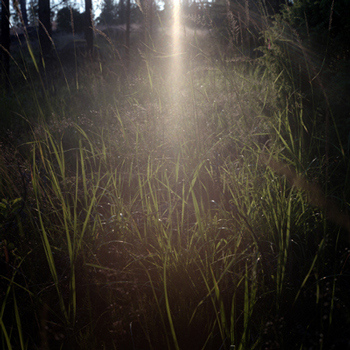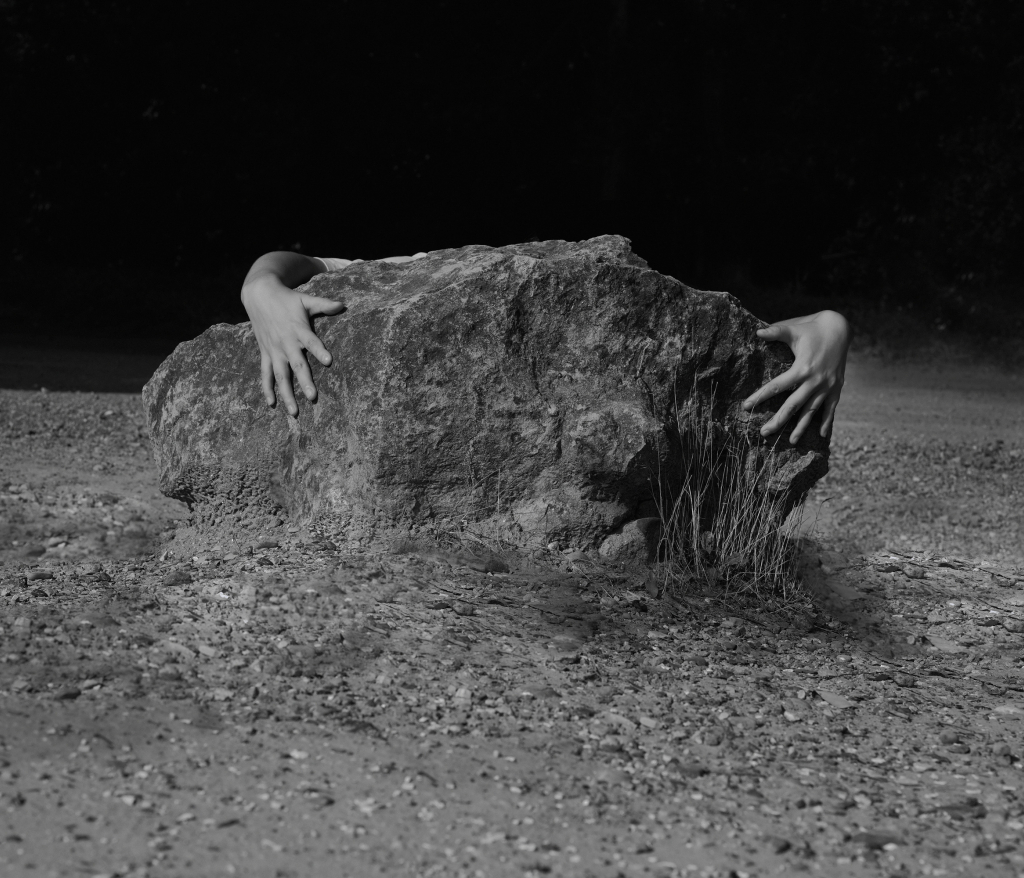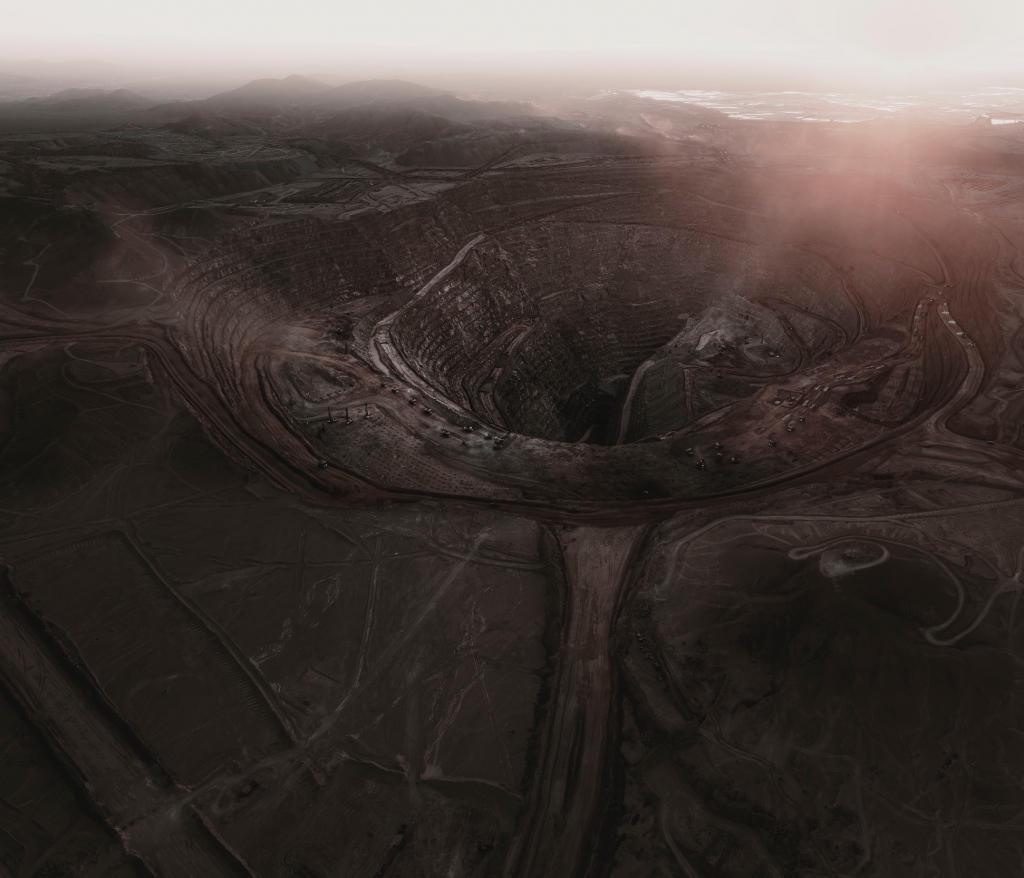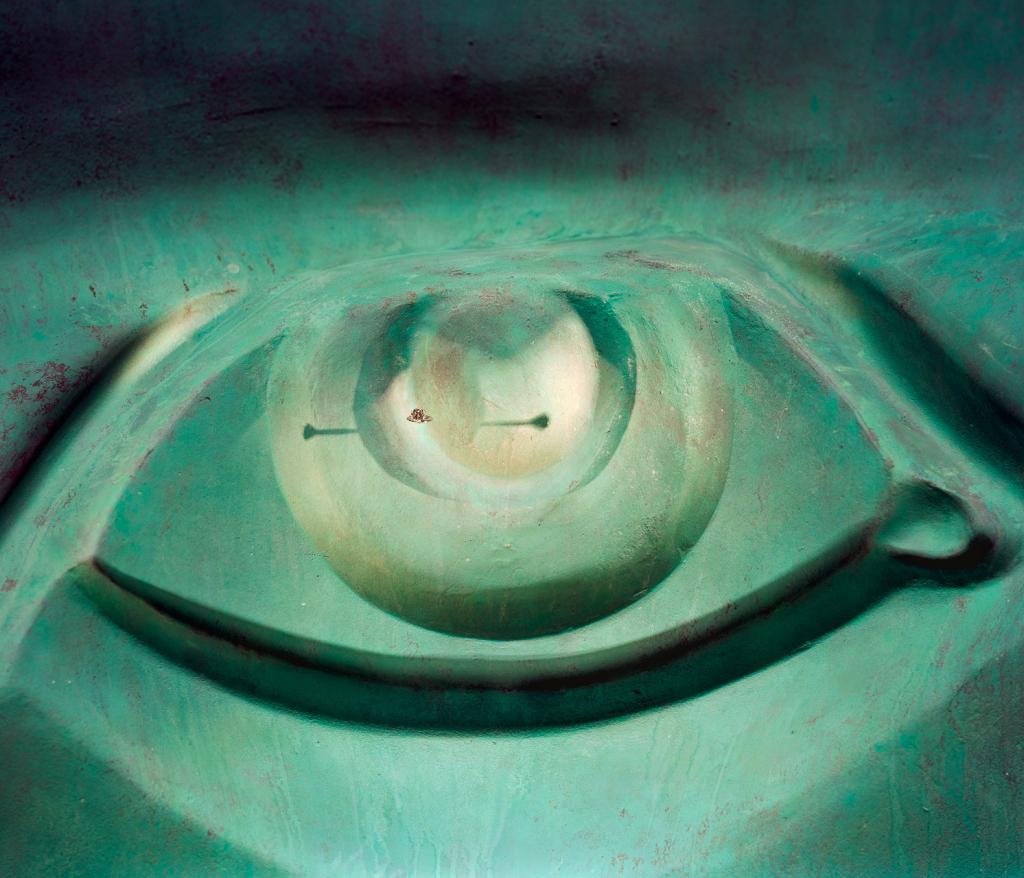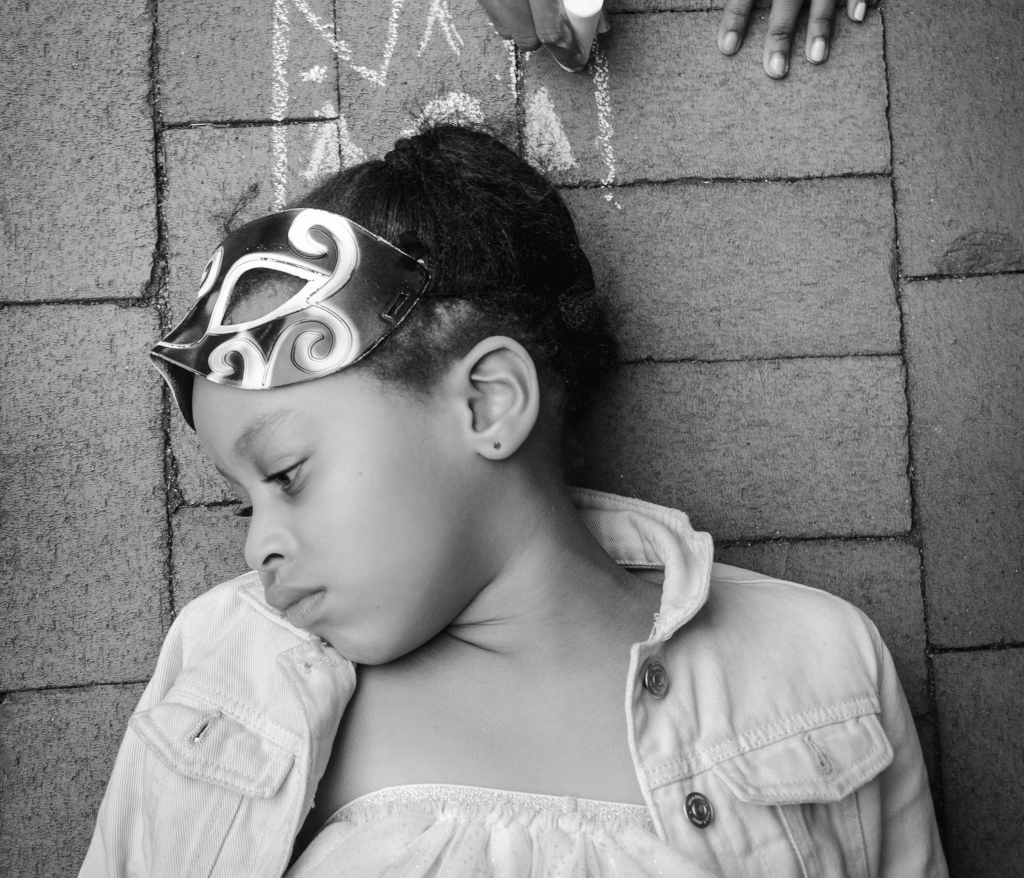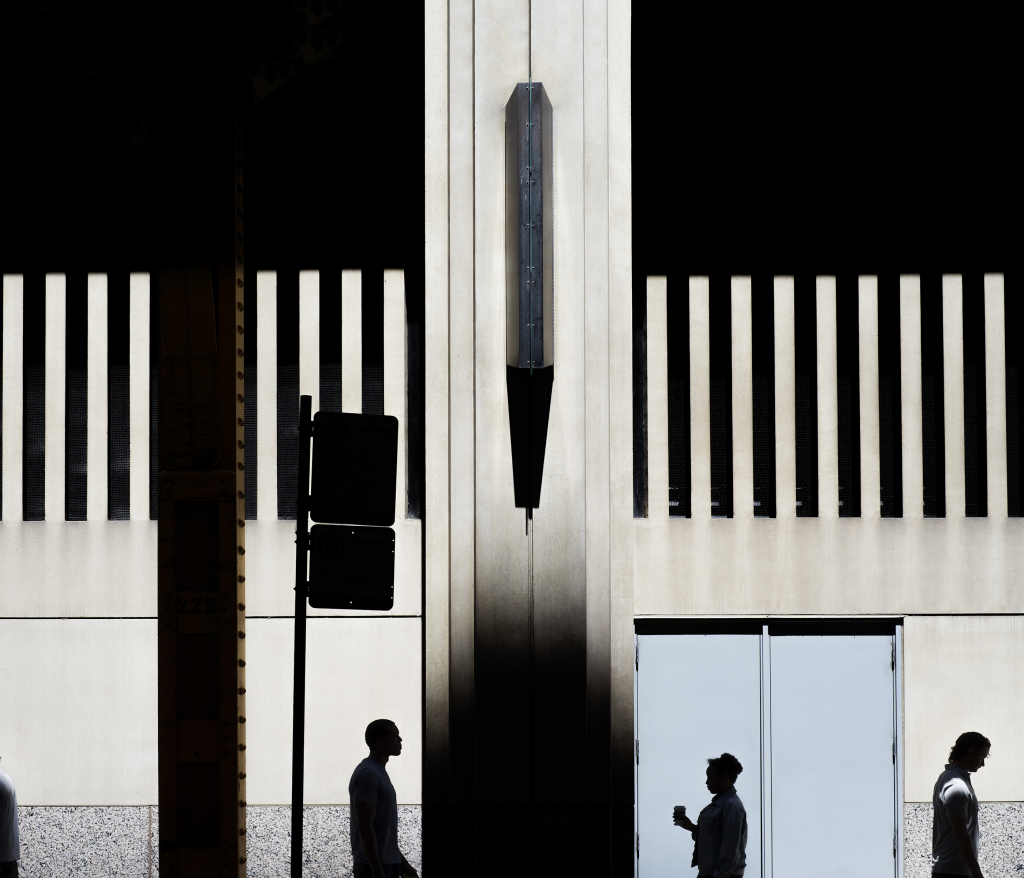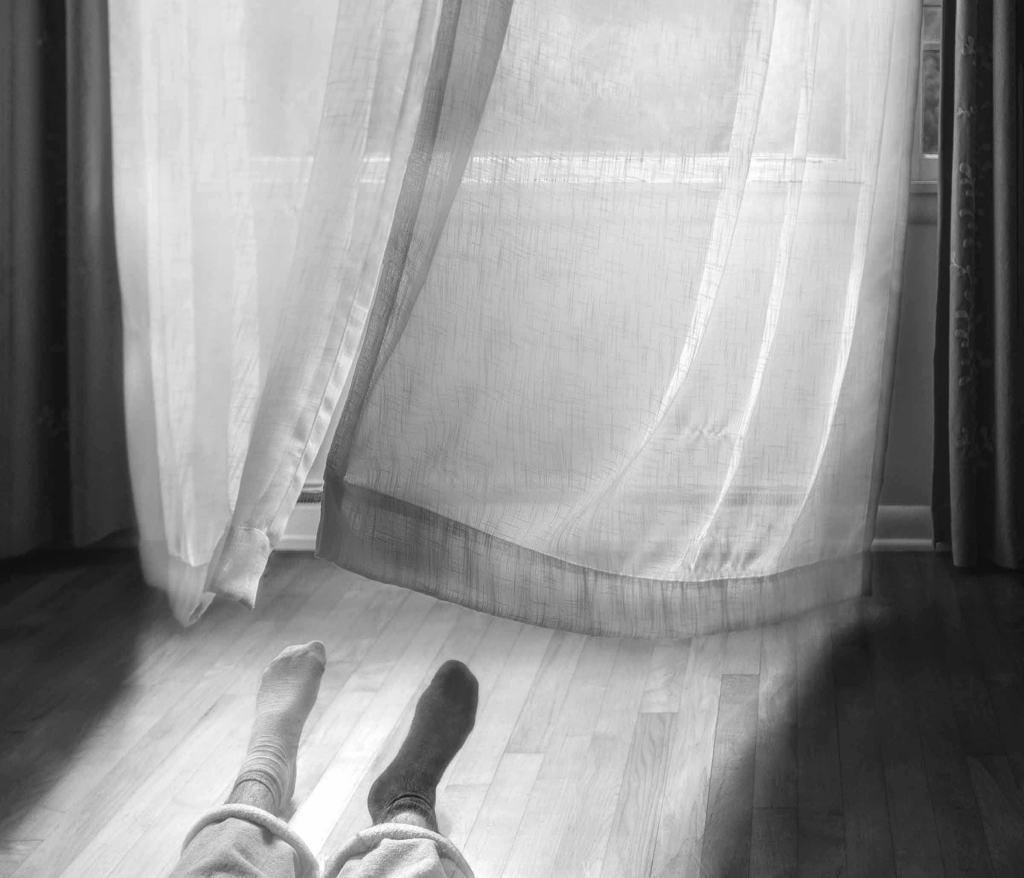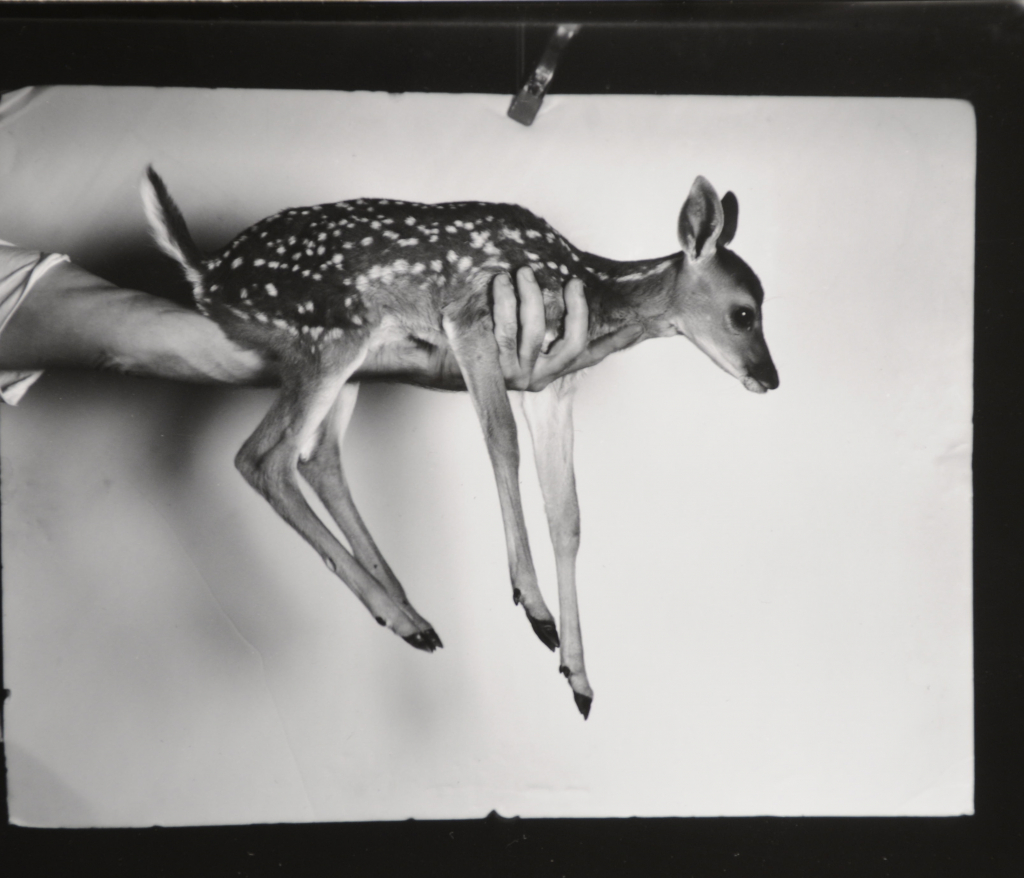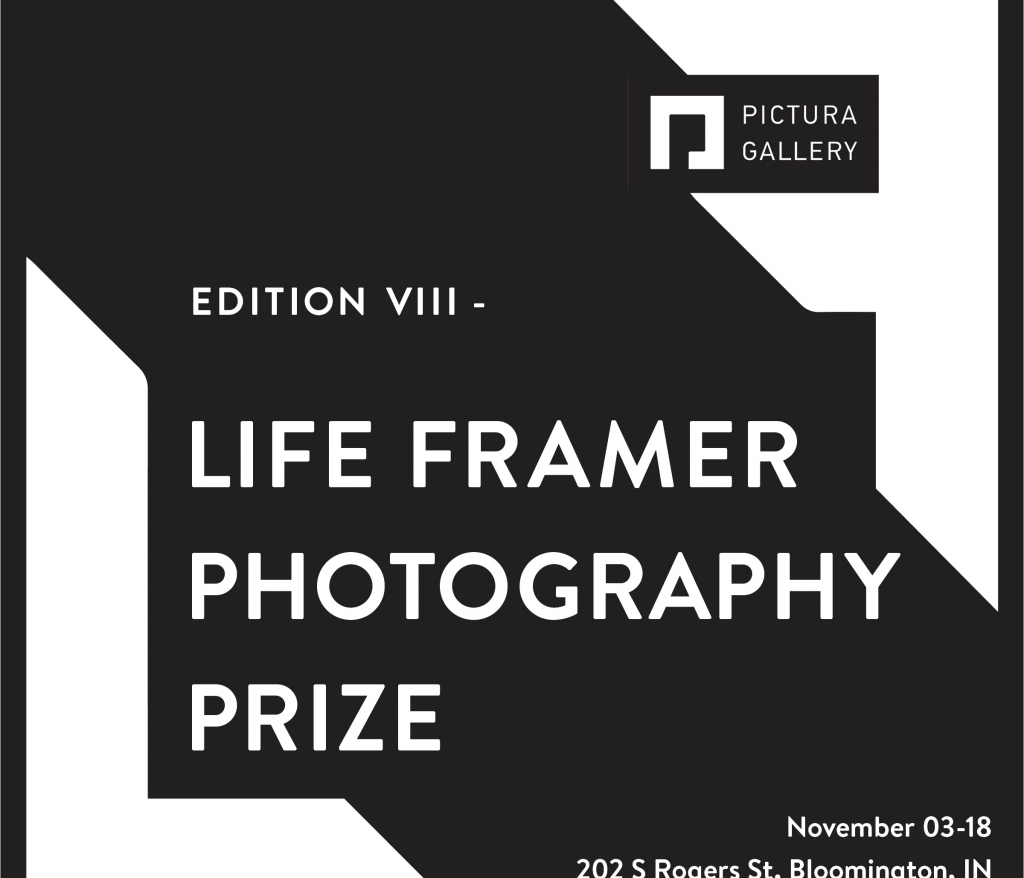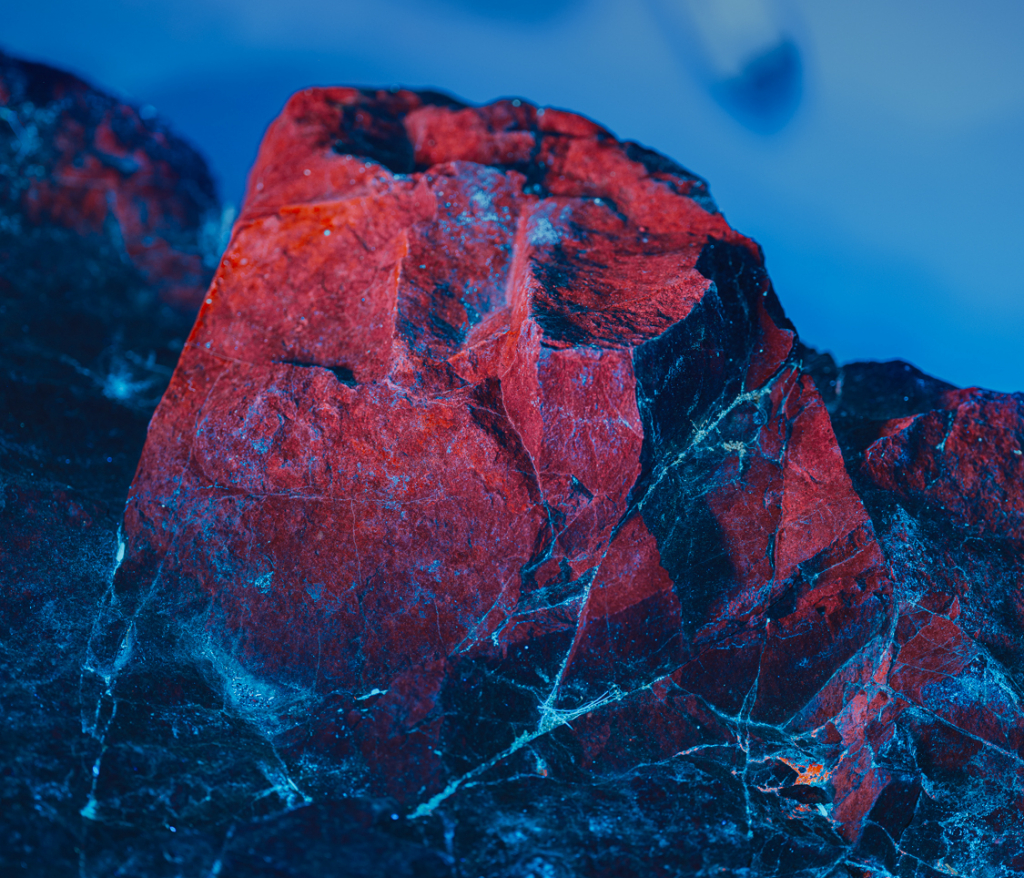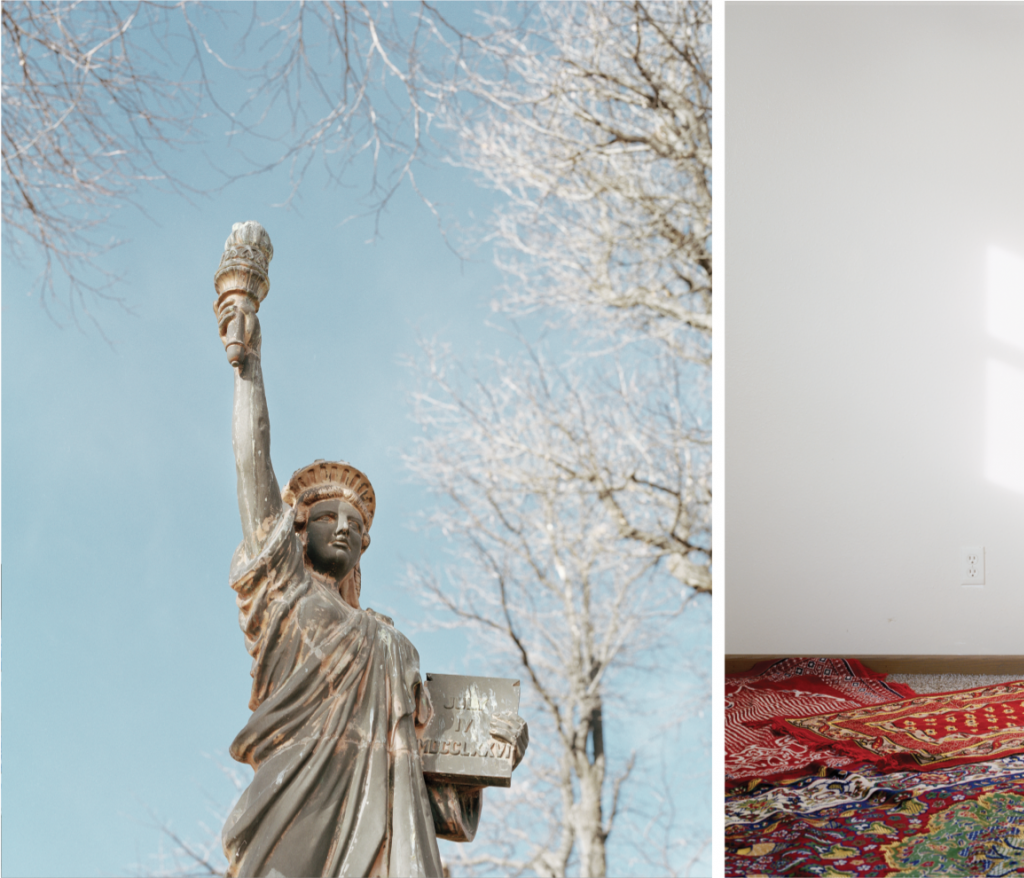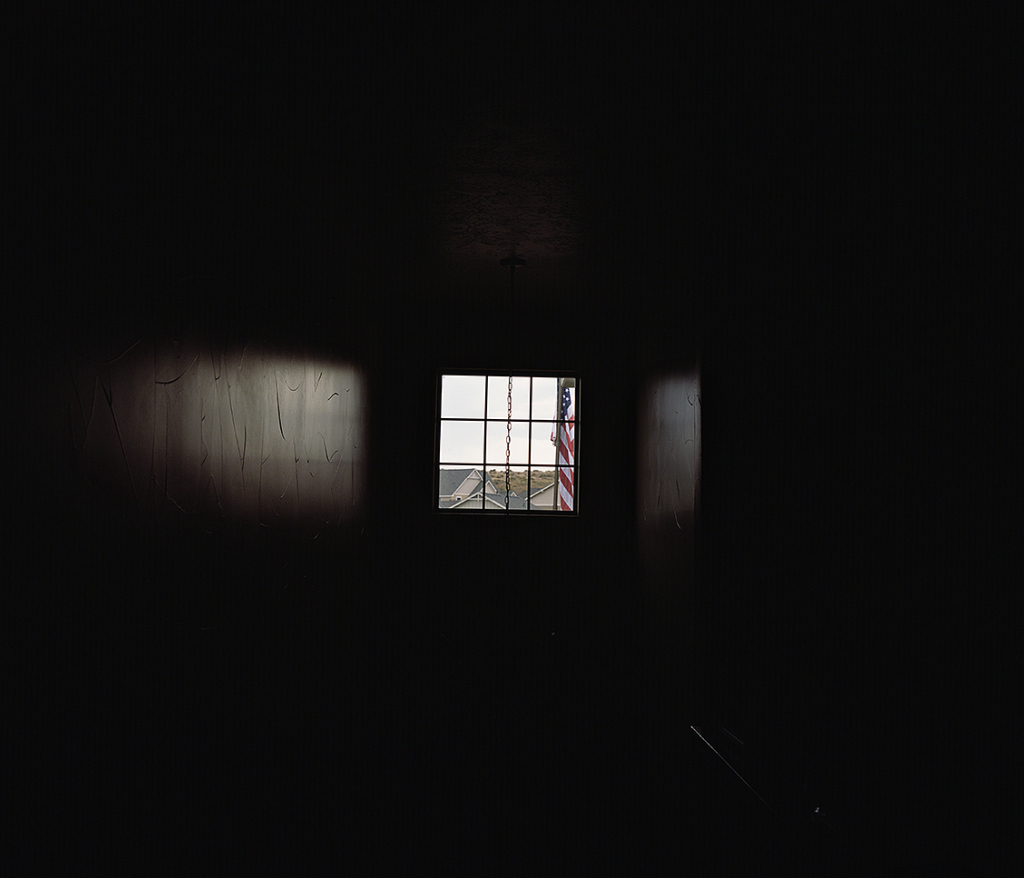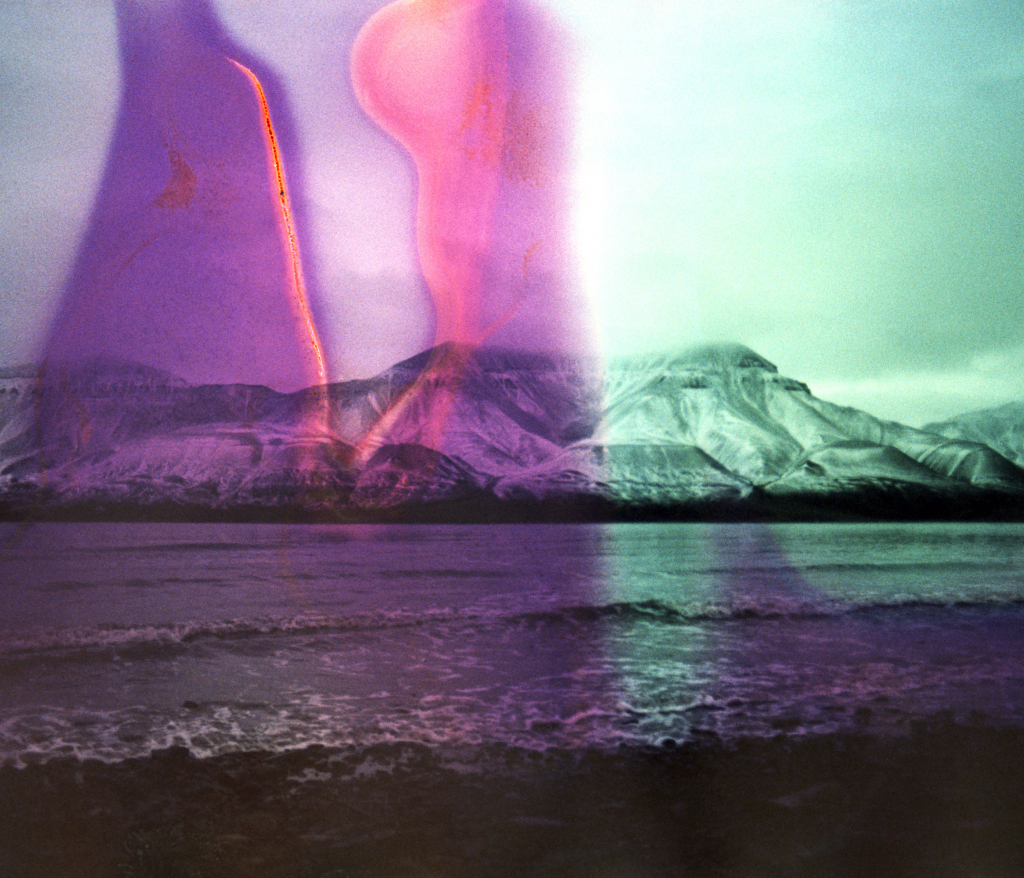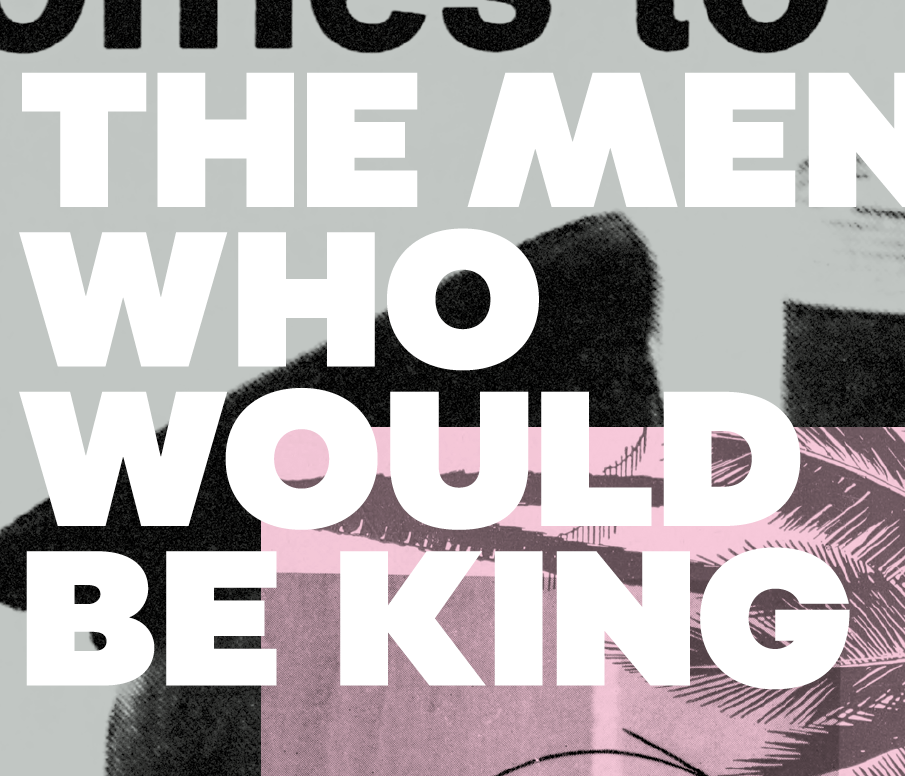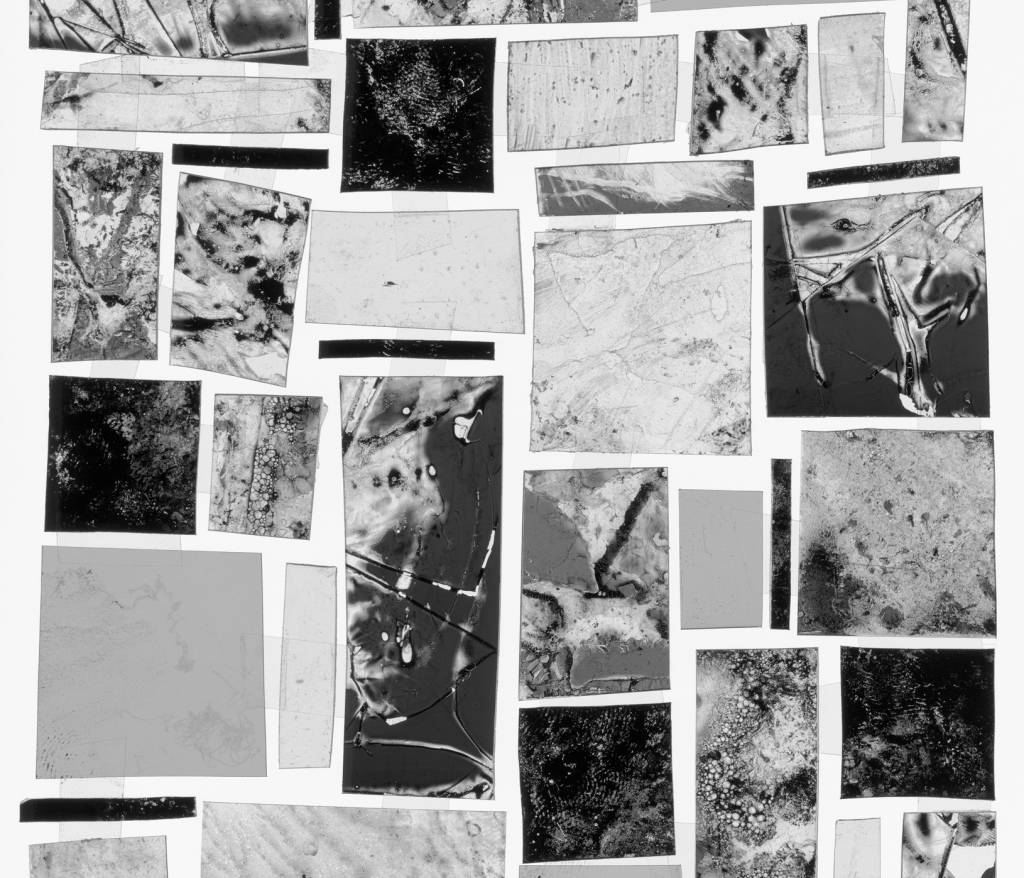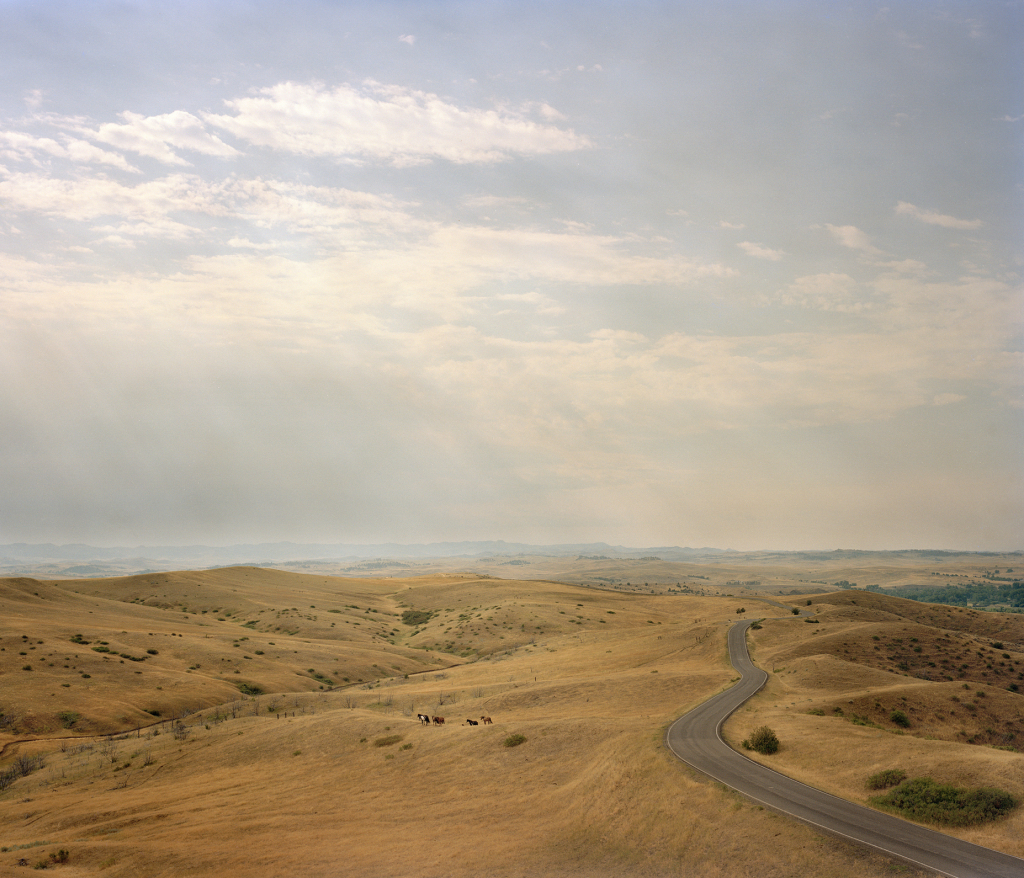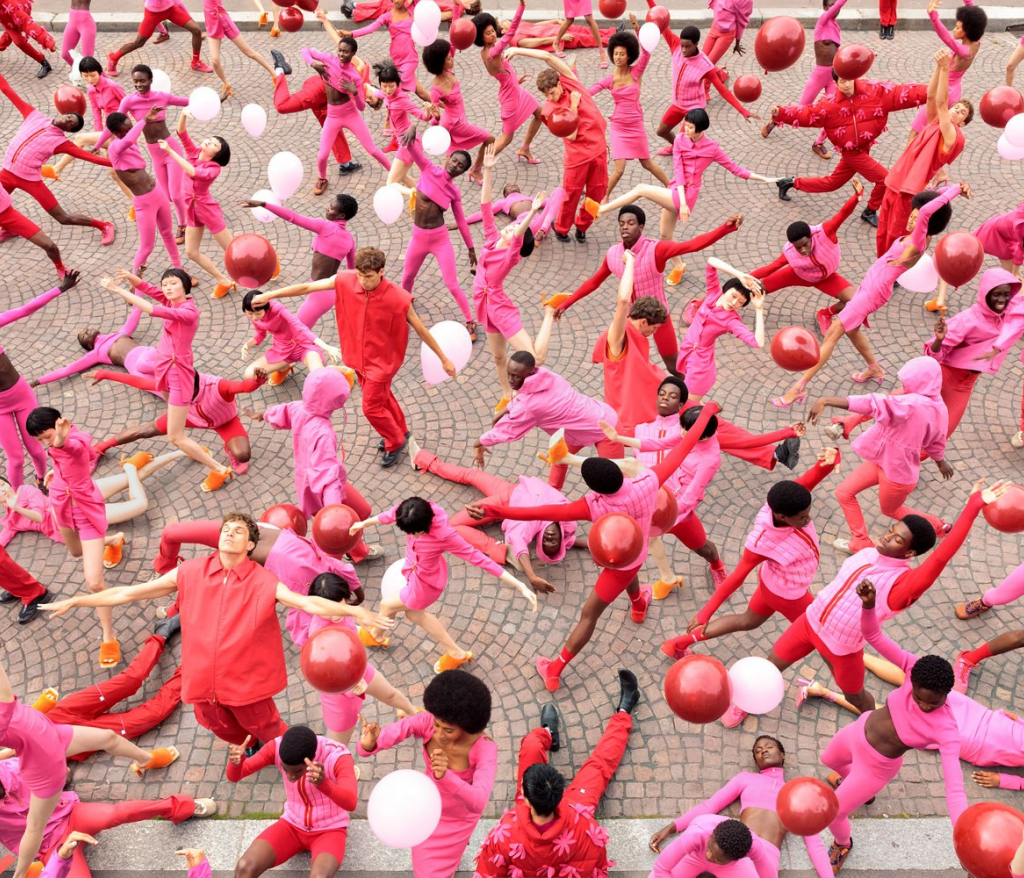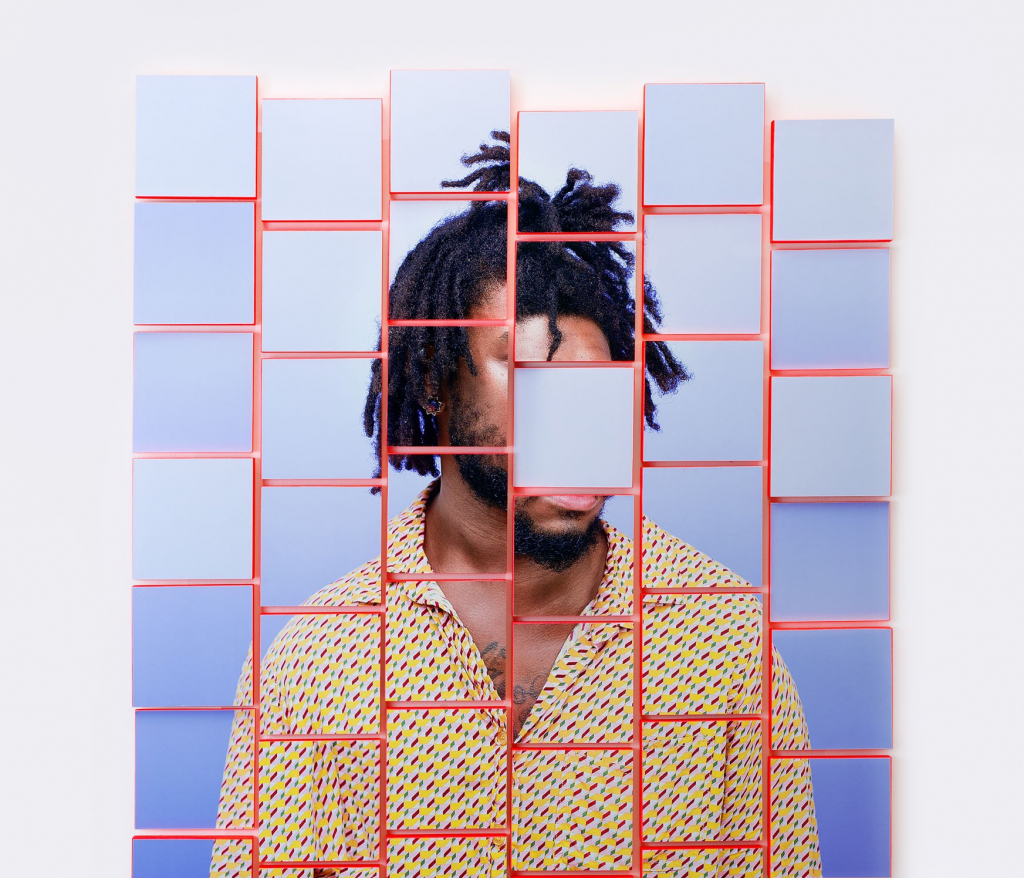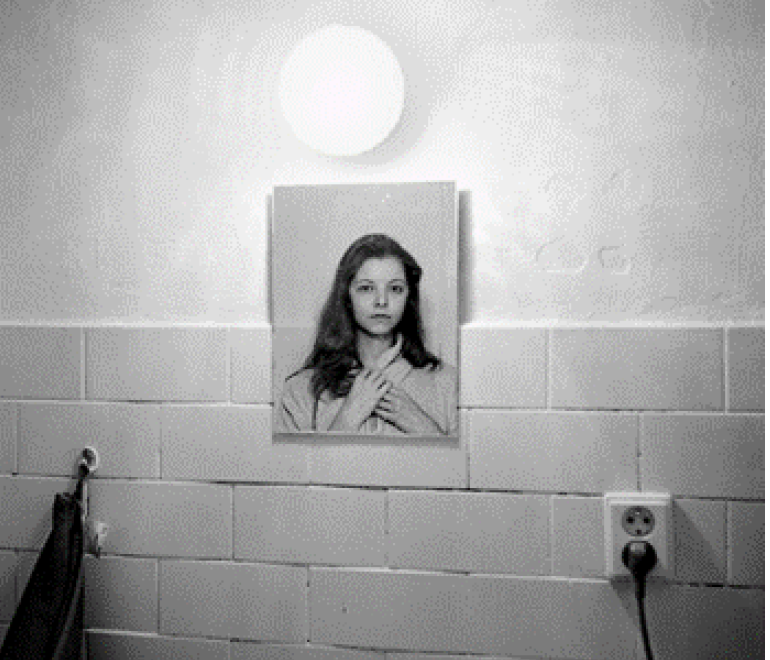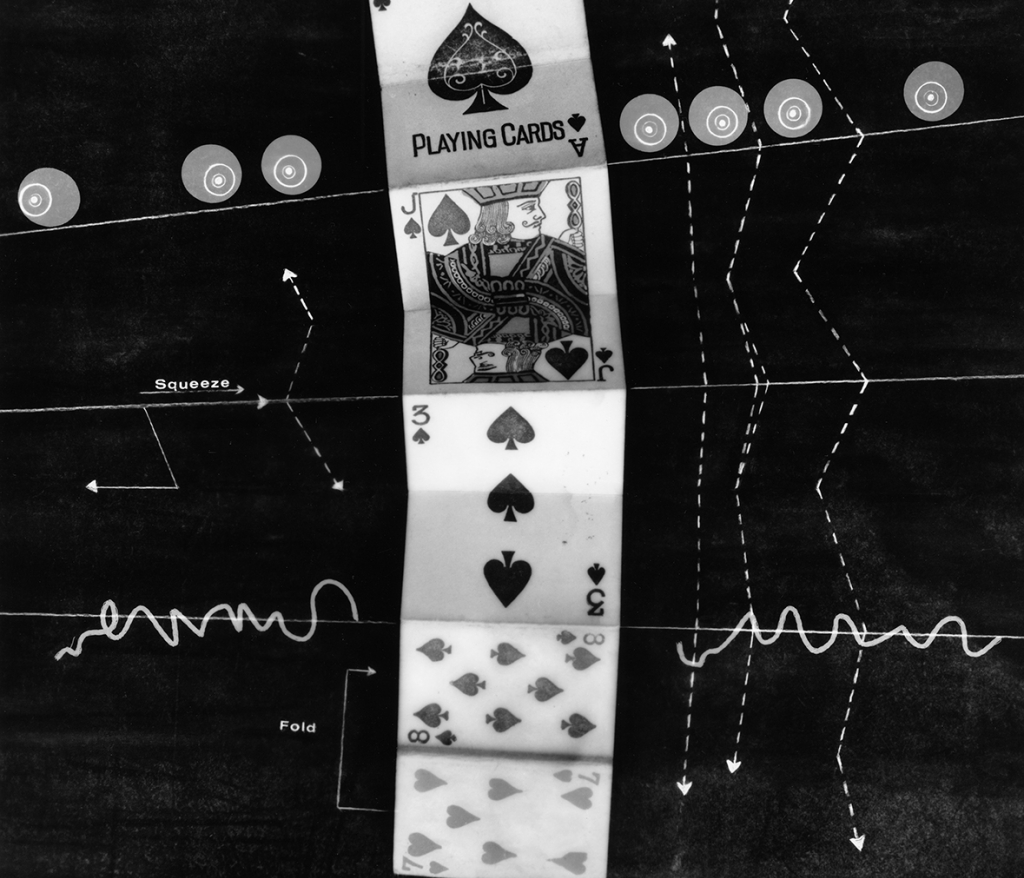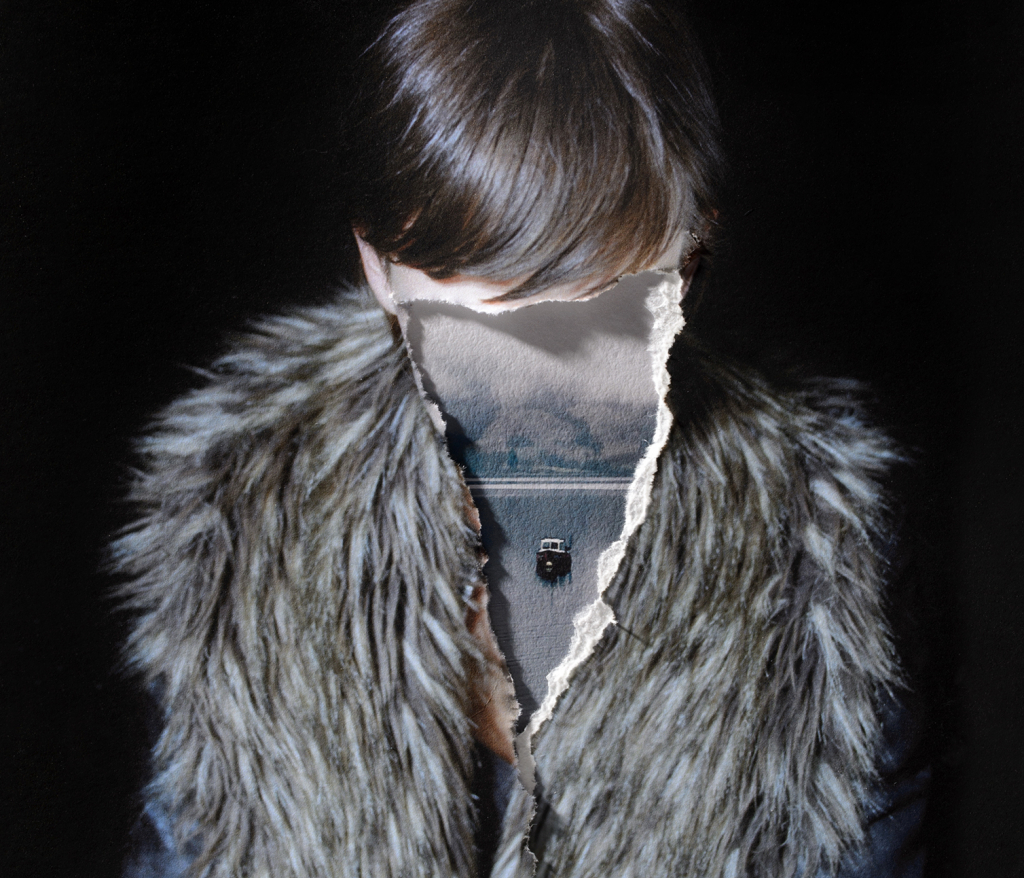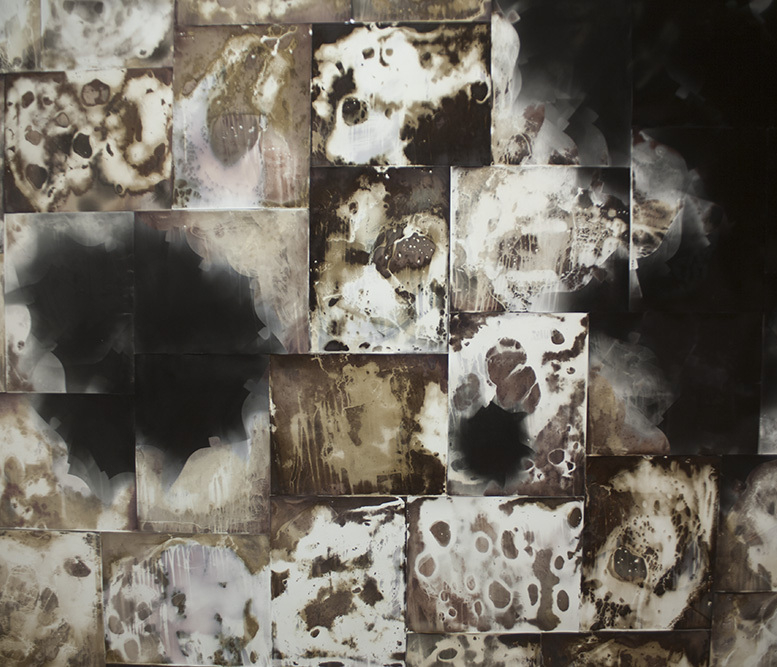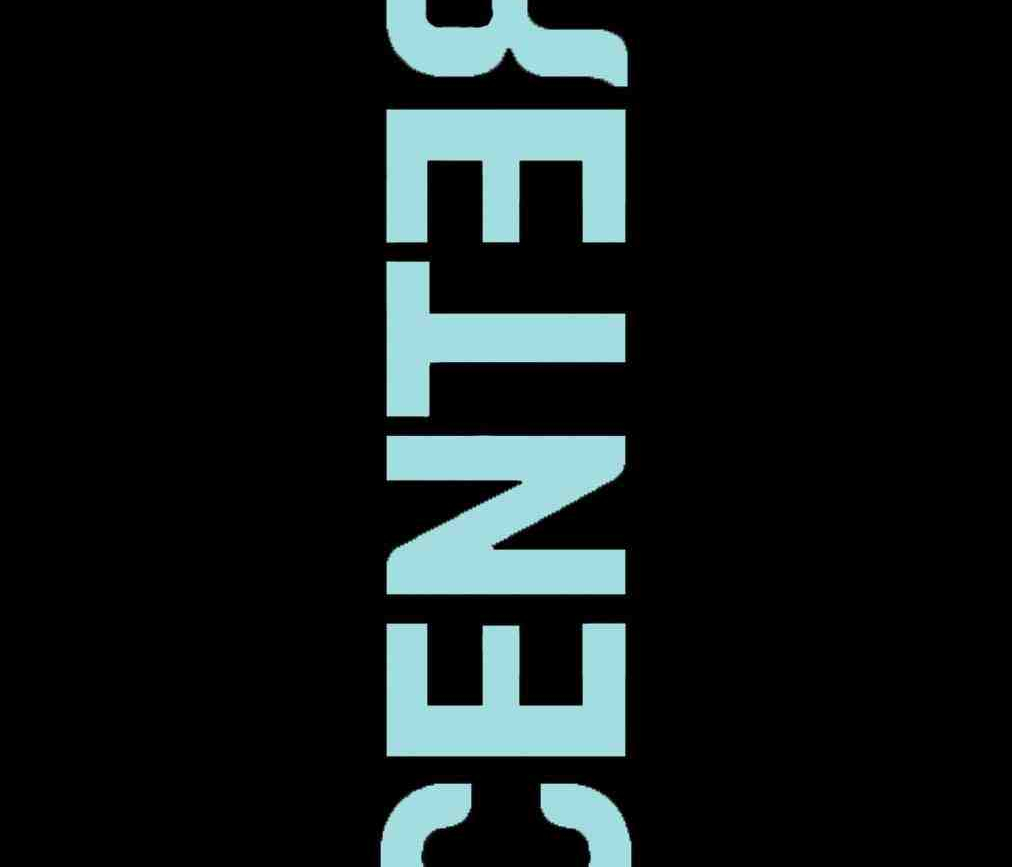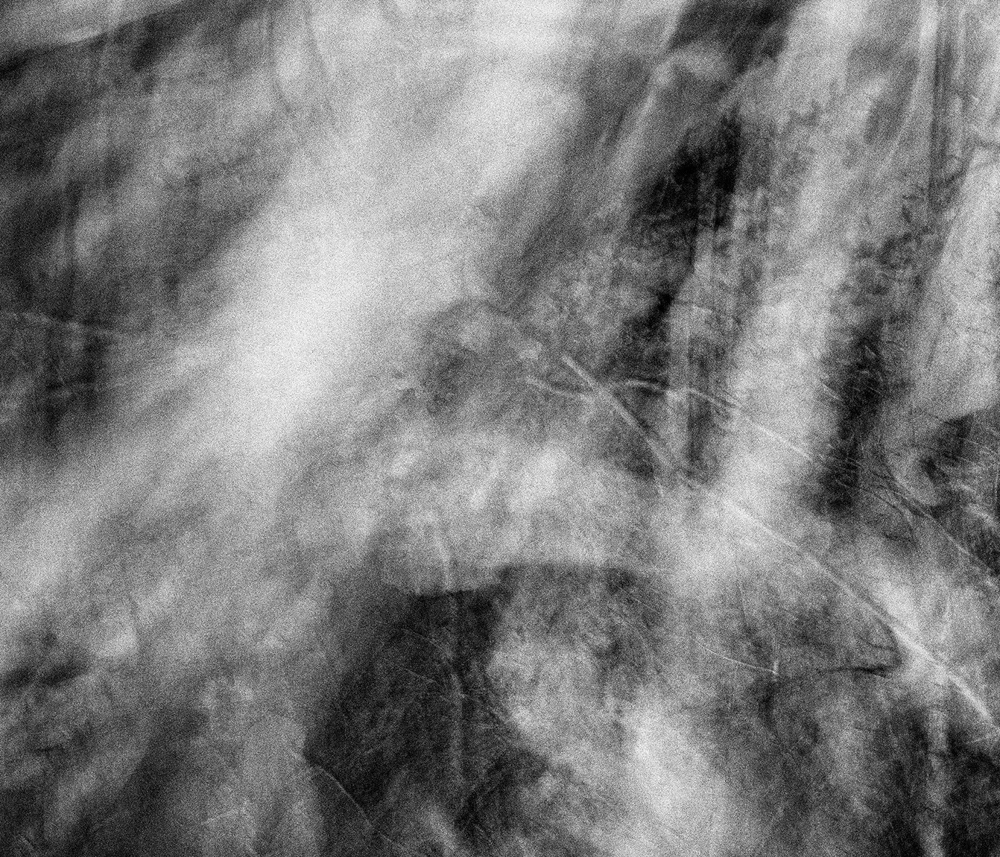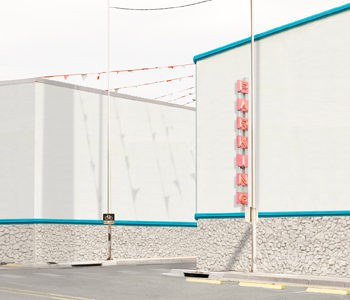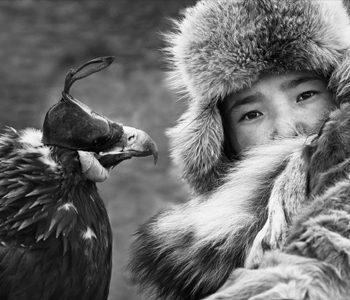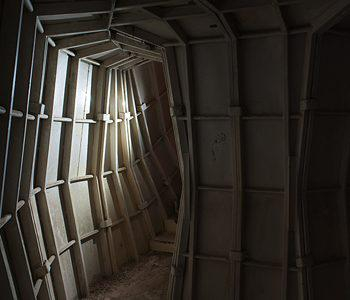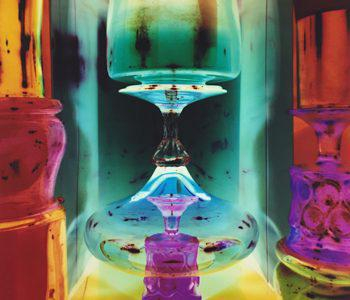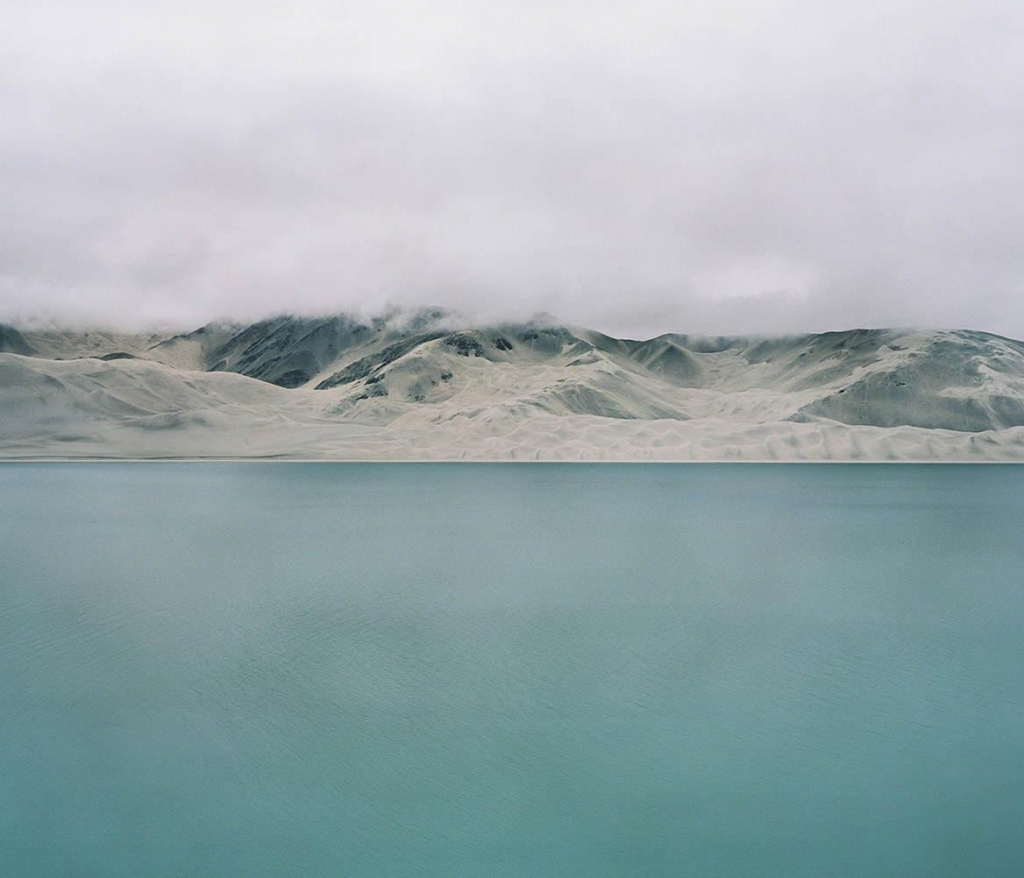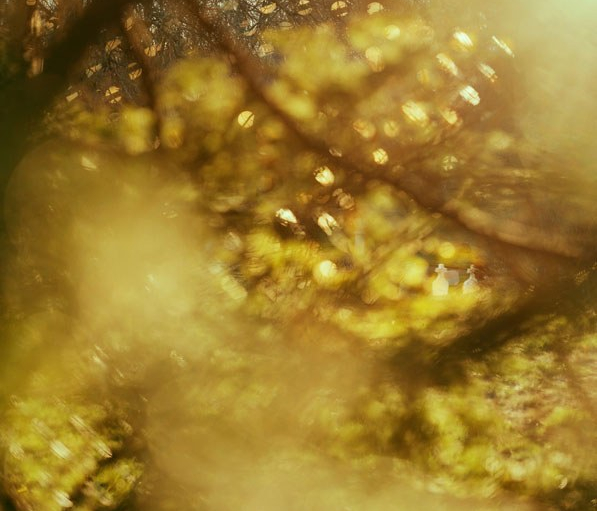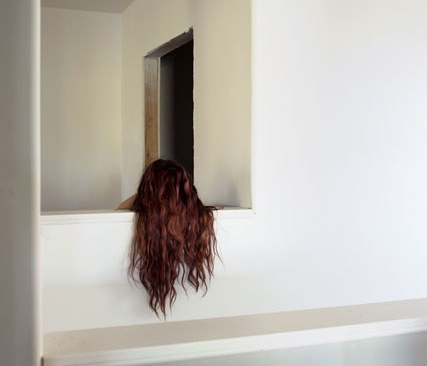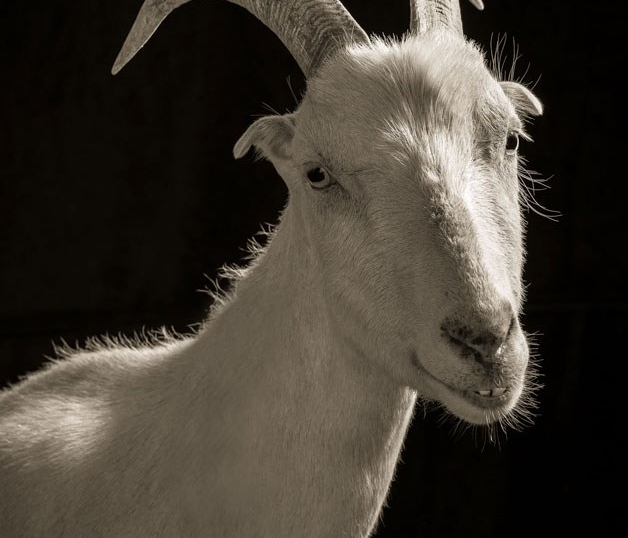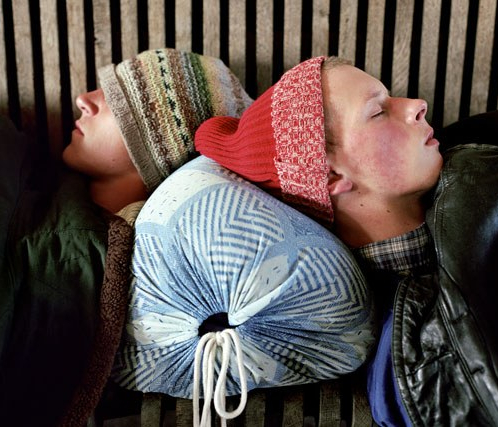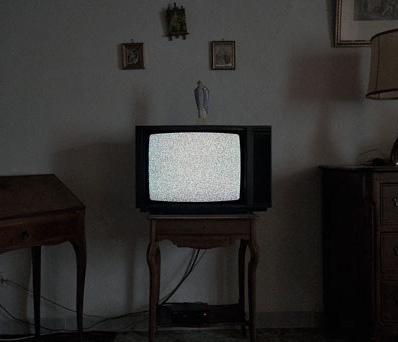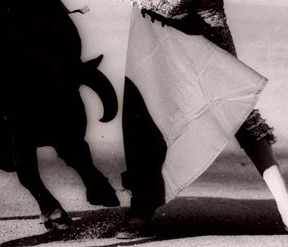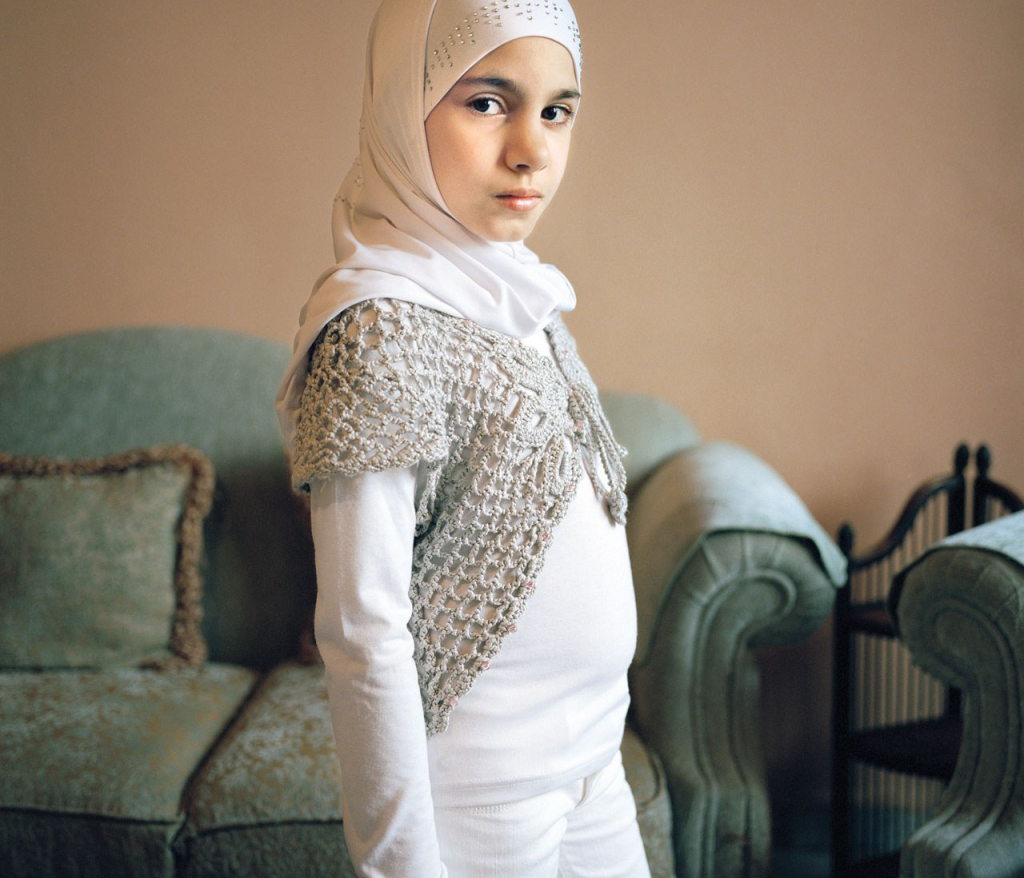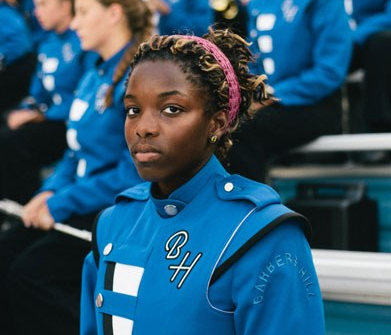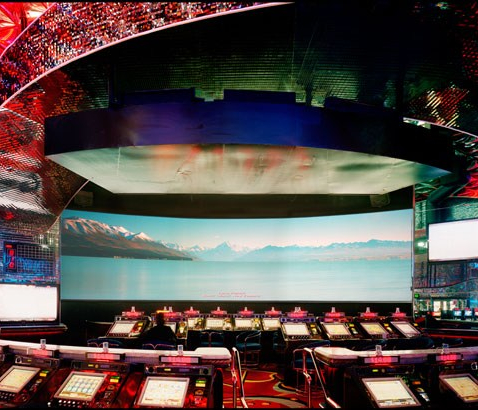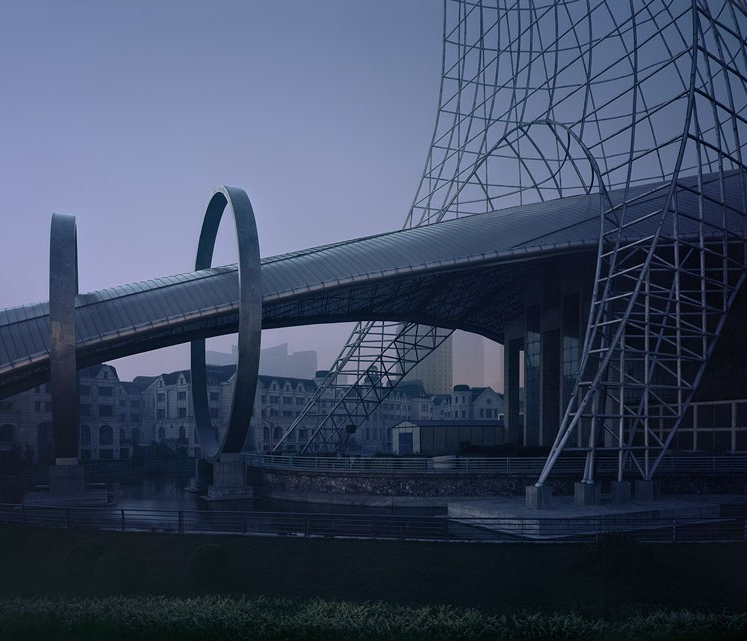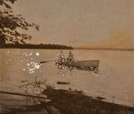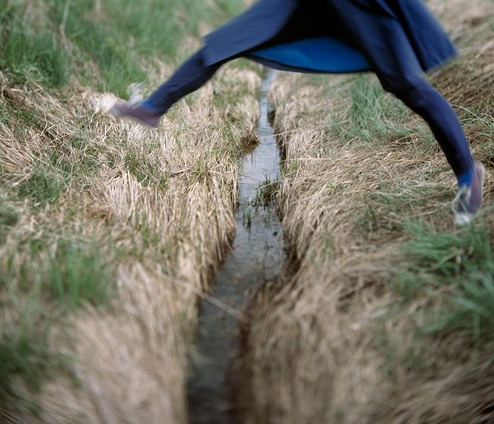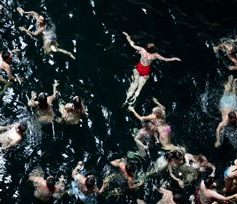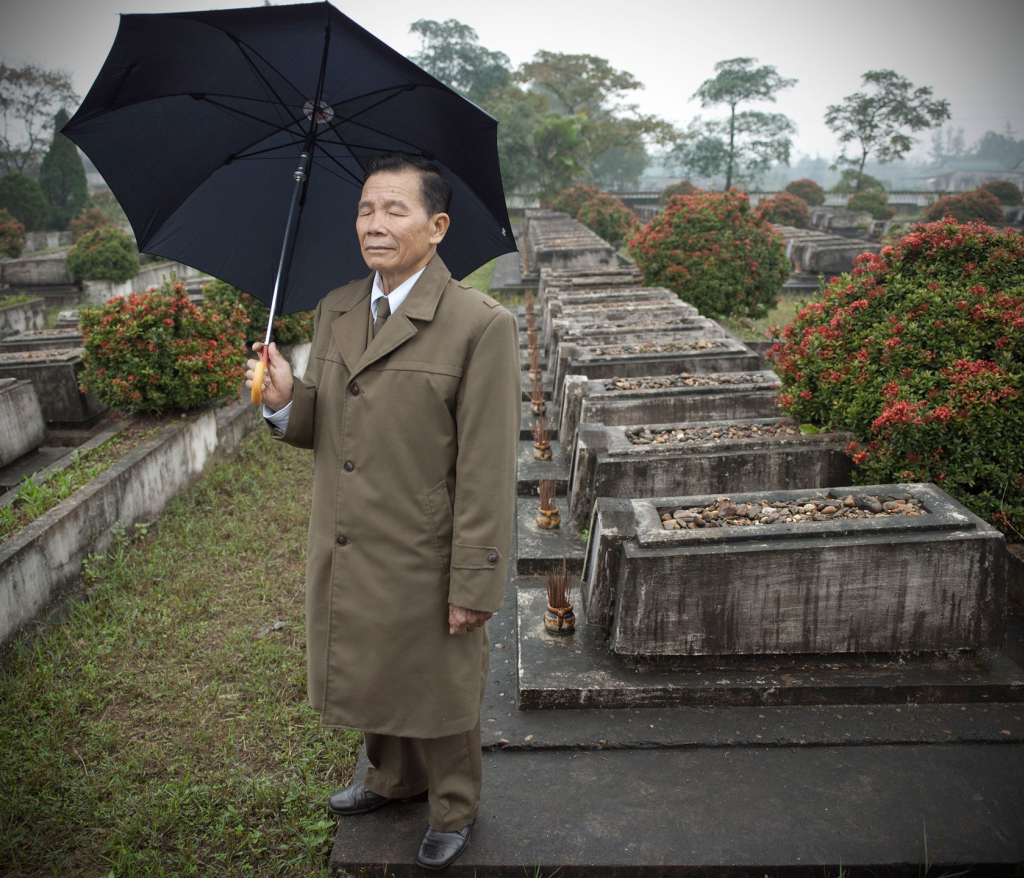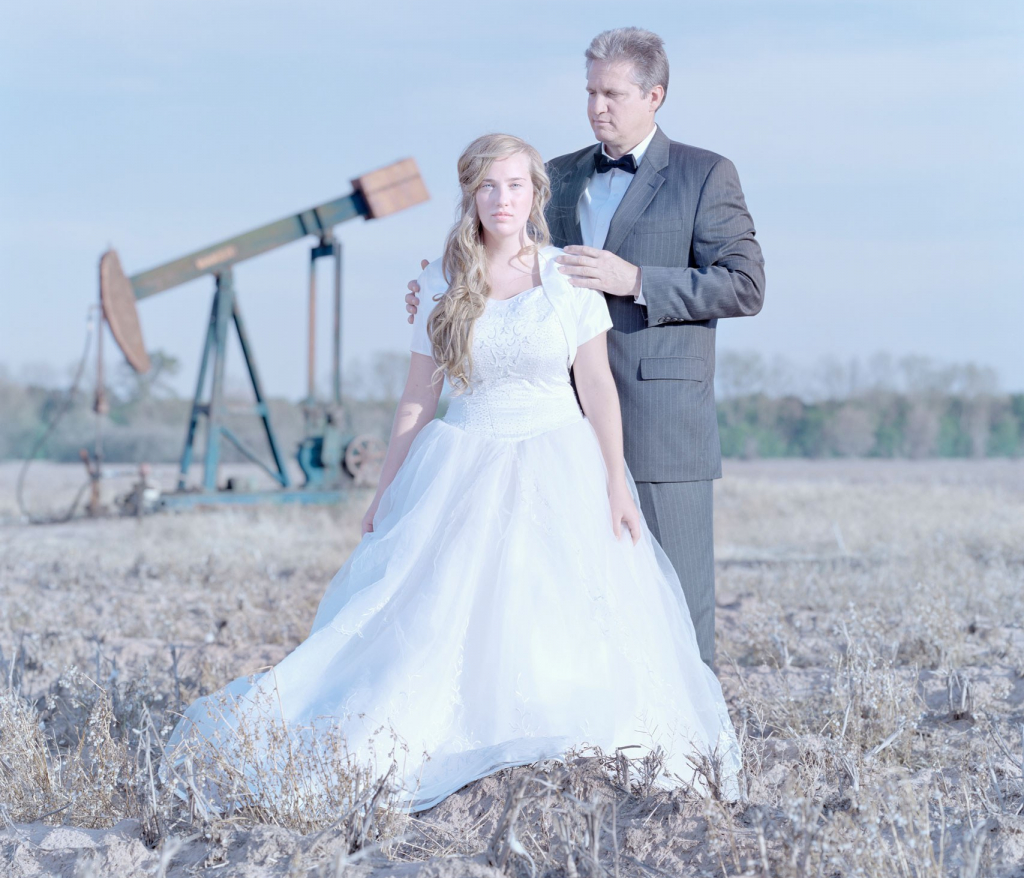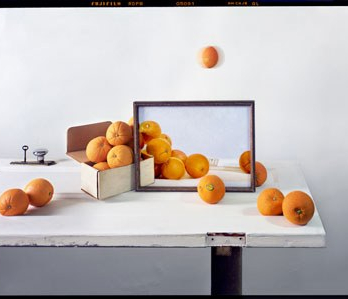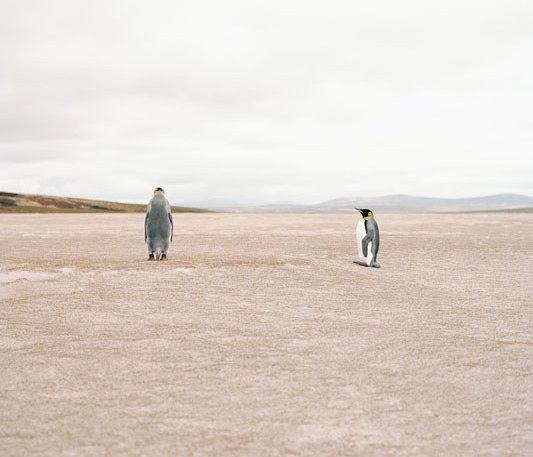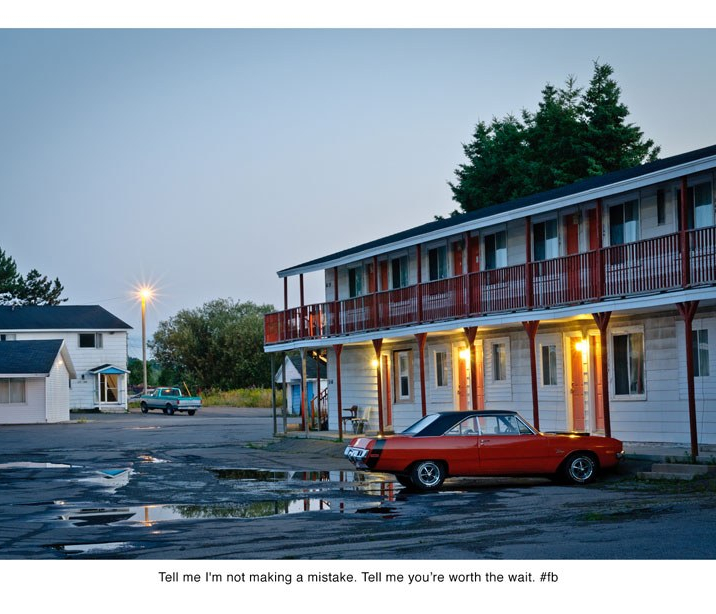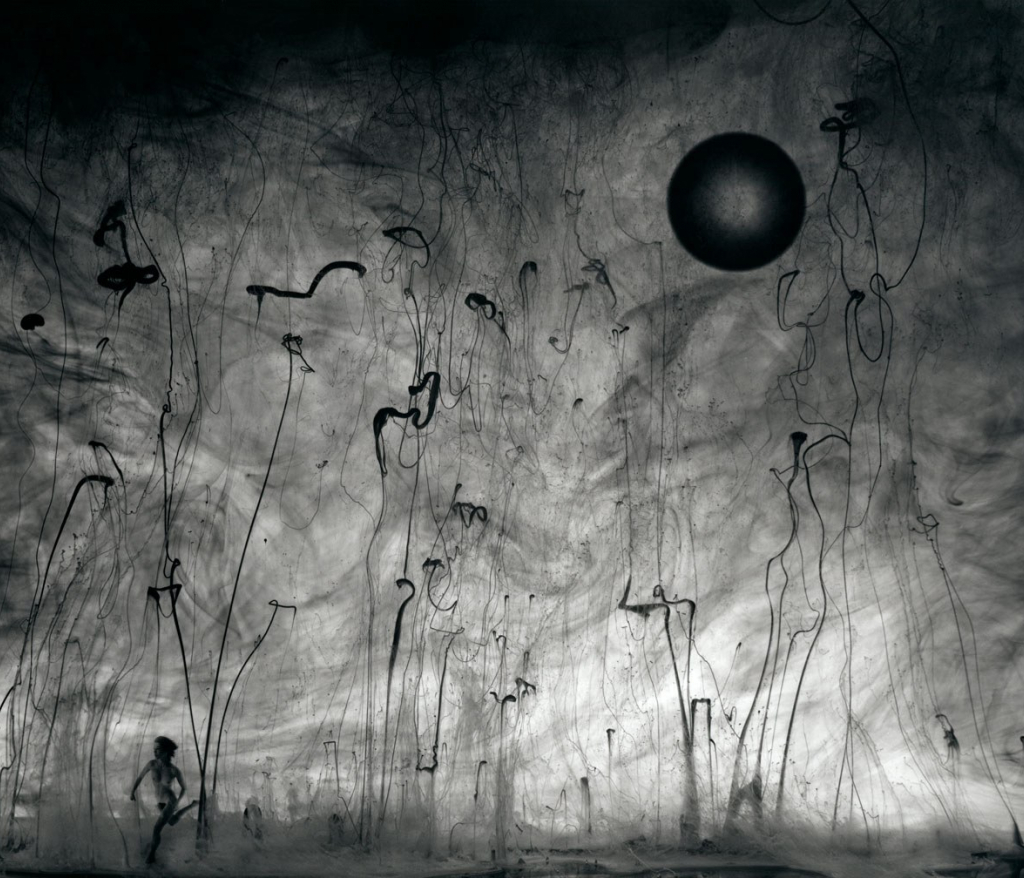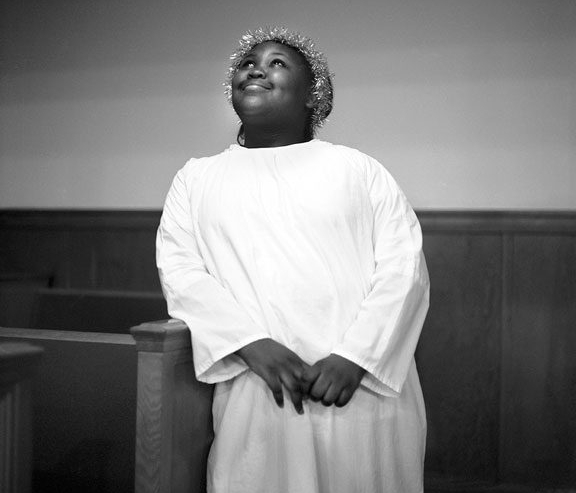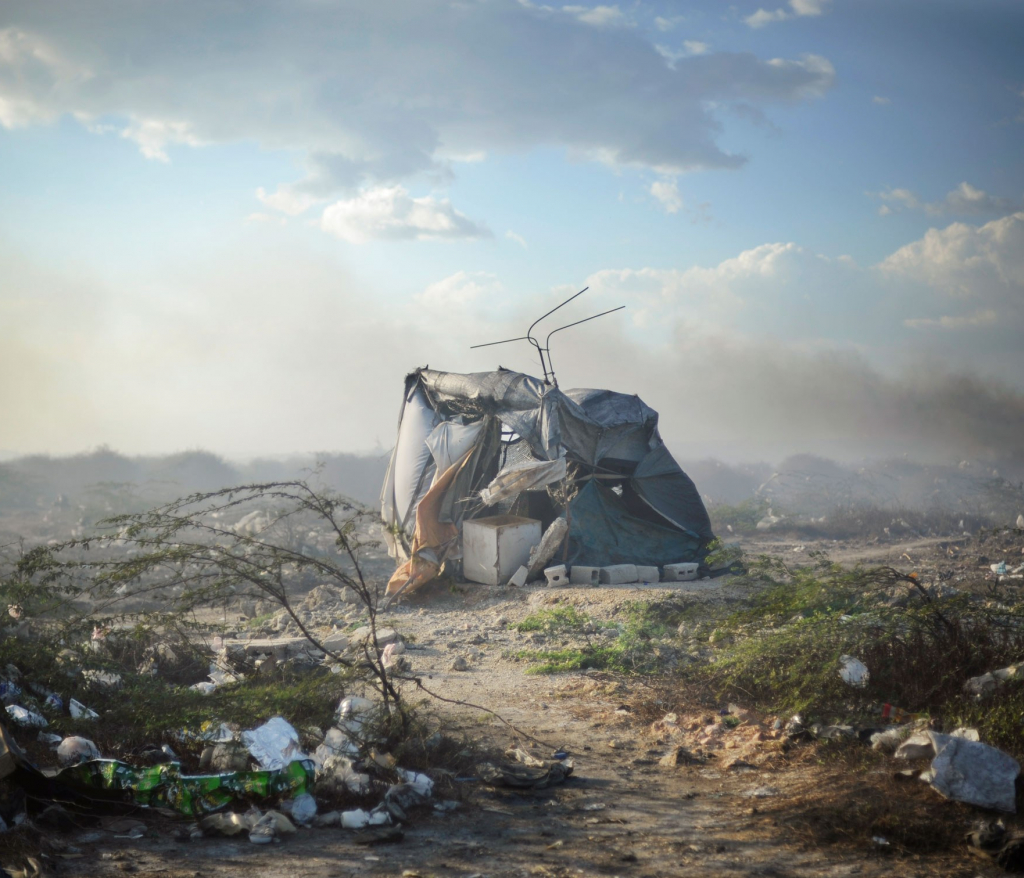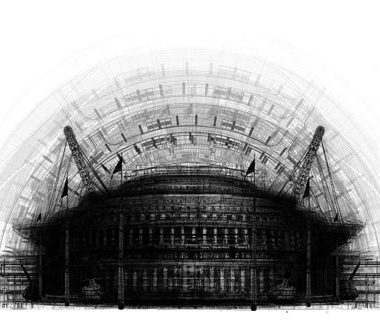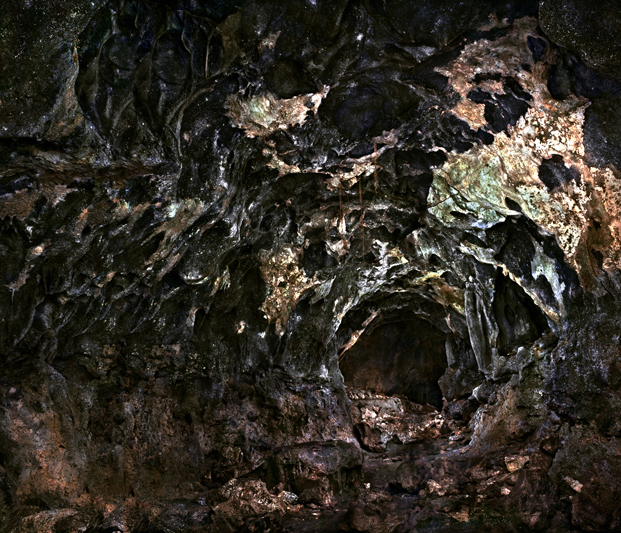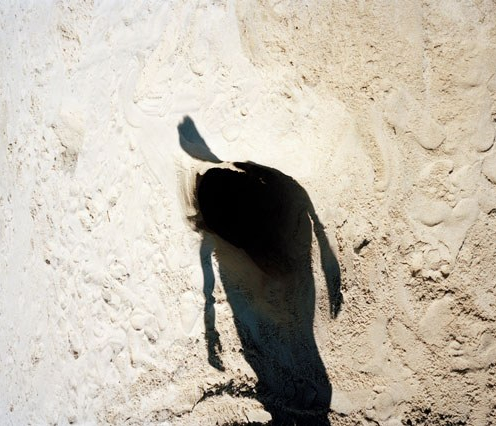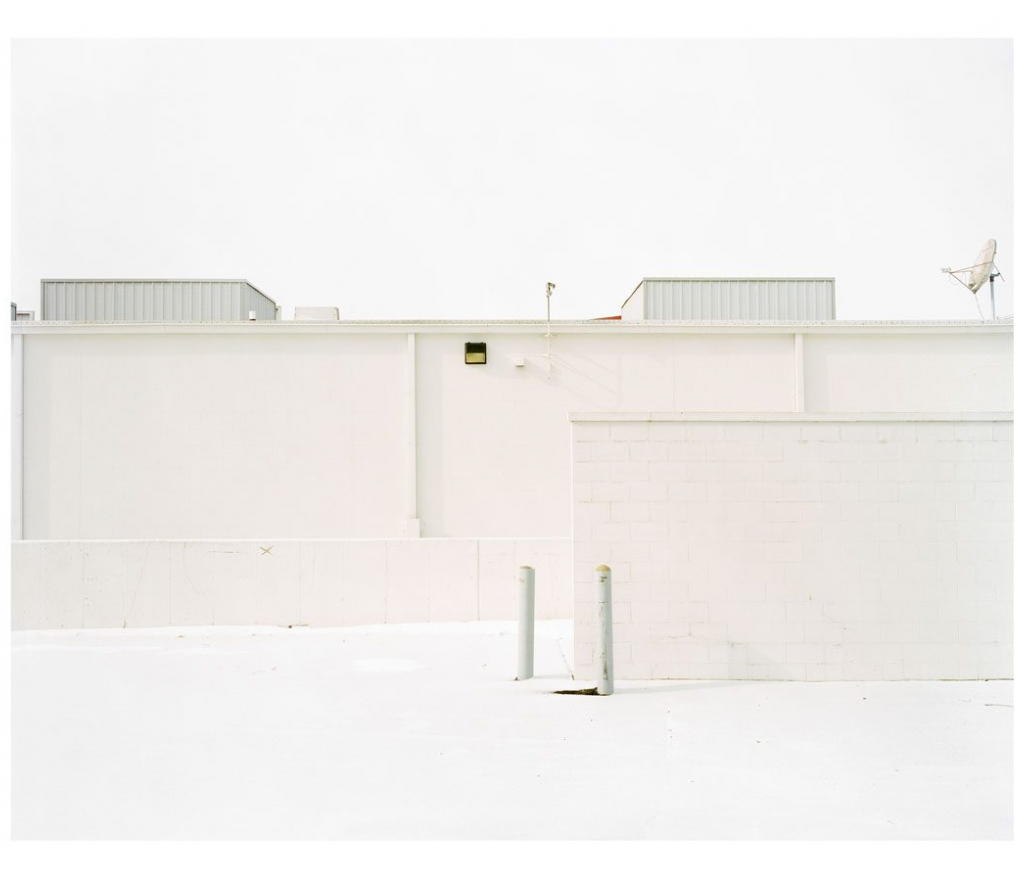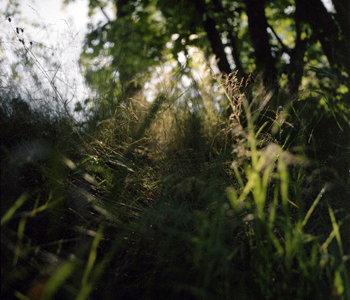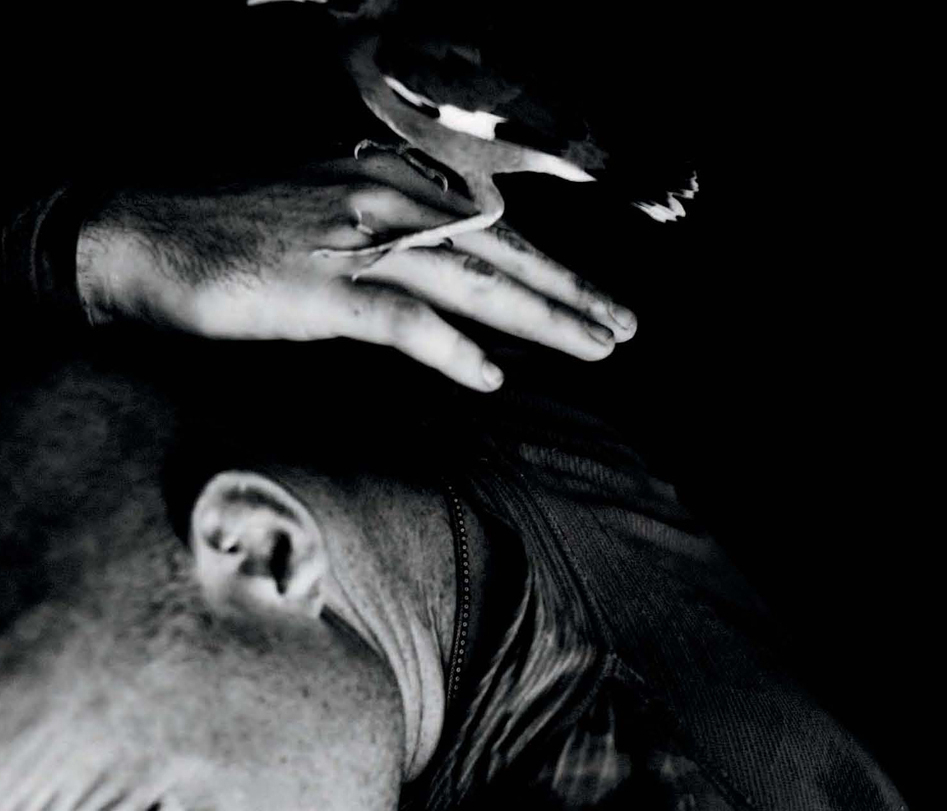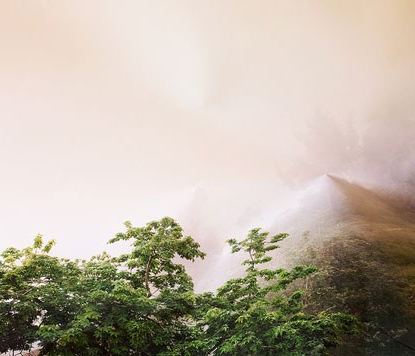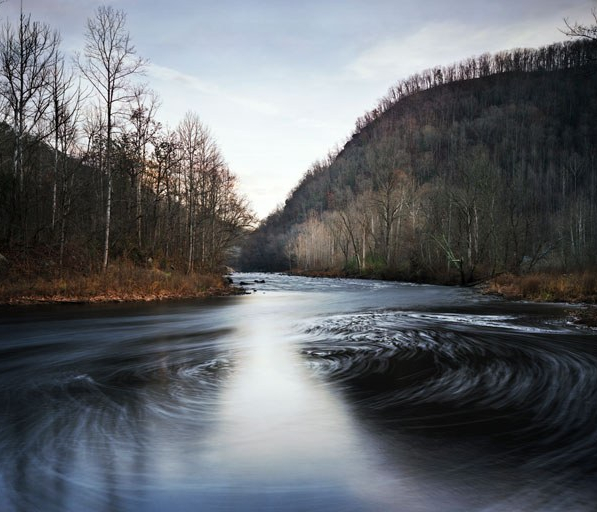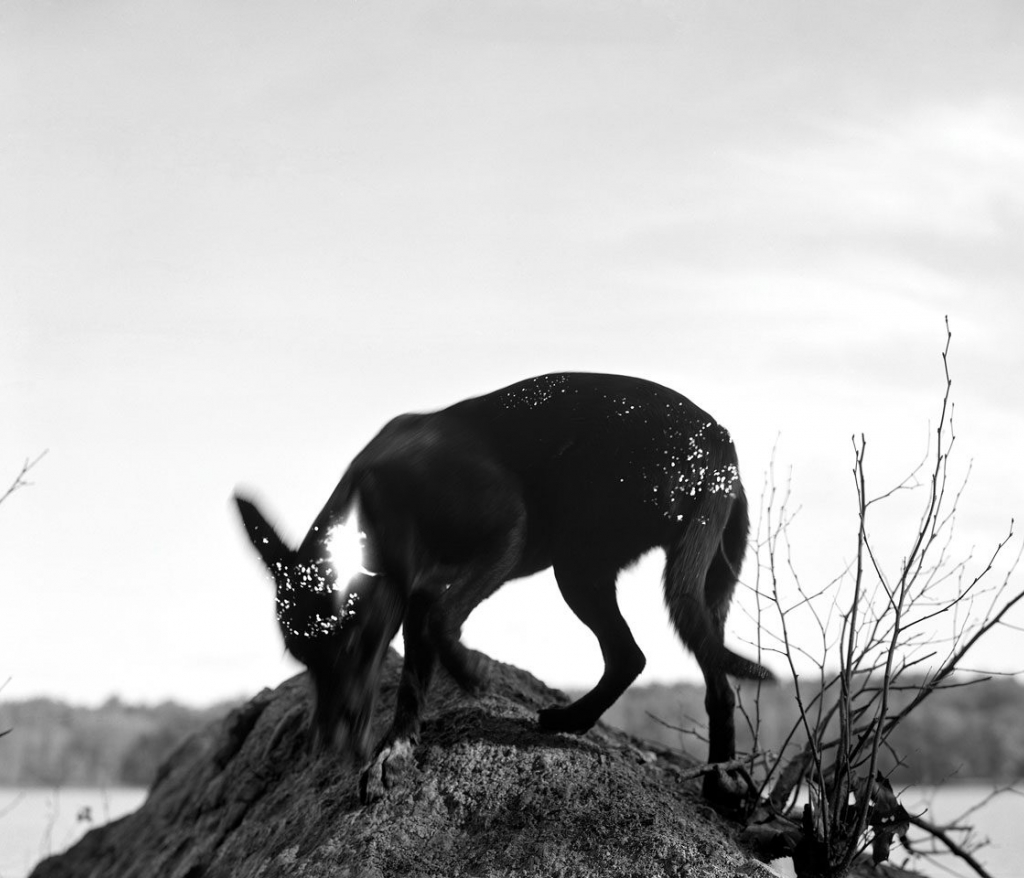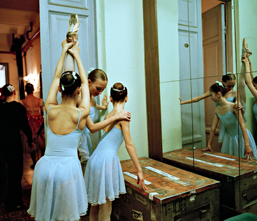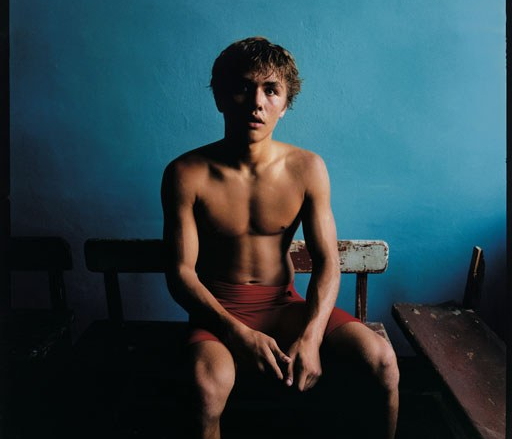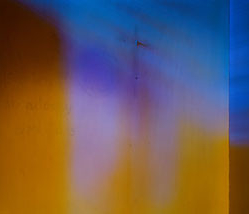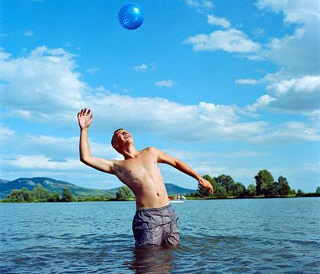Jun Itoi
Cantos Familia
Jun Itoi
Cantos Familia
I lost my father last year. He committed suicide by hanging himself on a tree in a forest near my parents’ home. We did not realize he was suffering that much from depression, but my mother found out about it when he disappeared leaving a note behind. We searched five nights, and four days until we found him. From this experience, the existence of forest has become important to me. The quality of light is very unique in Finland. It is different from the diffused one in Japan, and from the sharp one in the States. In Buddhist thought, there is an imaginary river called “Sanzu”, which is supposed to divide the current world, and the world of dead. In the forest of Finland, by looking at the light on the ground, the beam of light becomes a divider like the Sanzu River to me. I wander in the forest to pick up the lights rays falling on the ground – picking them up, and burning them on film. Light and shadow exist as basic elements of photography. Something in between light and shadow, or life and death, started emerging from the powerful visual language and appearing to me. In the deep forest, I often loose sense of time such as daytime, or nighttime, because the ratio of light and shadow changes depending on where you are. The sunlight seems like moonlight in some parts of the forest. In this world this experience has become an existential question for me. The idea of forest connects to my own memories. The study of my own memory is the foundation of my image creation. Triggered by the sudden death of my father, the memory of my family flooded my mind. To me photography is poetry. One single picture is a word. These images are the words in the conversation between myself, my father, and the other family members.
Jun Itoi is a photographic artist based in Tokyo, Japan. Through his photographic works, Itoi deals with issues such as self-identity, childhood memory, and boundary between public and private. The experience of living in foreign countries for one third of his life is the part of foundation in his image making. His latest project is about the light in forest as a metaphor for the divider between life and death. After his father’s sudden death, he started photographing light in forest of Japan, and Finland. This group of works, titled “Cantos Familia” has been exhibited at the National Art Center, Tokyo, Japan; the Kurumaya Museum of Art, Tochigi; the Ginza Nikon Salon, Tokyo, Japan; and the Gallery Hippolyte, Helsinki, Finland. His other works have been featured in more than 30 exhibitions internationally and are included in the collections of the Museum of Fine Arts, Houston, and the Houston Center for Photography. He is a recipient of the Grant for Emerging Artists by the Japanese Ministry of Culture; artist residence of Fiskars, Finland; fellowship by Houston Center for Photography; and fellowship by National Graduate Seminar, American Photography Institute of New York. Itoi received a B.F.A. in Photography from Herron School of Art, and an M.F.A. in Photography from University of North Texas. He was a visiting assistant professor of Photography at Indiana University.
Jun Itoi
Cantos Familia
I lost my father last year. He committed suicide by hanging himself on a tree in a forest near my parents’ home. We did not realize he was suffering that much from depression, but my mother found out about it when he disappeared leaving a note behind. We searched five nights, and four days until we found him. From this experience, the existence of forest has become important to me. The quality of light is very unique in Finland. It is different from the diffused one in Japan, and from the sharp one in the States. In Buddhist thought, there is an imaginary river called “Sanzu”, which is supposed to divide the current world, and the world of dead. In the forest of Finland, by looking at the light on the ground, the beam of light becomes a divider like the Sanzu River to me. I wander in the forest to pick up the lights rays falling on the ground – picking them up, and burning them on film. Light and shadow exist as basic elements of photography. Something in between light and shadow, or life and death, started emerging from the powerful visual language and appearing to me. In the deep forest, I often loose sense of time such as daytime, or nighttime, because the ratio of light and shadow changes depending on where you are. The sunlight seems like moonlight in some parts of the forest. In this world this experience has become an existential question for me. The idea of forest connects to my own memories. The study of my own memory is the foundation of my image creation. Triggered by the sudden death of my father, the memory of my family flooded my mind. To me photography is poetry. One single picture is a word. These images are the words in the conversation between myself, my father, and the other family members.
Jun Itoi is a photographic artist based in Tokyo, Japan. Through his photographic works, Itoi deals with issues such as self-identity, childhood memory, and boundary between public and private. The experience of living in foreign countries for one third of his life is the part of foundation in his image making. His latest project is about the light in forest as a metaphor for the divider between life and death. After his father’s sudden death, he started photographing light in forest of Japan, and Finland. This group of works, titled “Cantos Familia” has been exhibited at the National Art Center, Tokyo, Japan; the Kurumaya Museum of Art, Tochigi; the Ginza Nikon Salon, Tokyo, Japan; and the Gallery Hippolyte, Helsinki, Finland. His other works have been featured in more than 30 exhibitions internationally and are included in the collections of the Museum of Fine Arts, Houston, and the Houston Center for Photography. He is a recipient of the Grant for Emerging Artists by the Japanese Ministry of Culture; artist residence of Fiskars, Finland; fellowship by Houston Center for Photography; and fellowship by National Graduate Seminar, American Photography Institute of New York. Itoi received a B.F.A. in Photography from Herron School of Art, and an M.F.A. in Photography from University of North Texas. He was a visiting assistant professor of Photography at Indiana University.
